22 Travel Tips For Ireland For First-Time Visitors
Categories Travel Guides
Going to Ireland for the first time? This lush green country, aptly named ‘ Emerald Isle ’ sure packs a punch when it comes to attractions.
There are diverse landscapes, ancient archeological structures, old churches and lots of castles . It’s not the biggest country in the world but daunting nonetheless.
Ireland is an easy country to get around in, the Irish are warm and accommodating, and going there looks like a huge epic adventure. Make the most of your trip by taking into consideration these travel tips for Ireland.
Things you'll find in this article

Travel Tips Before Going to Ireland
Travel tips for staying in ireland , travel tips in eating in ireland , travel tips getting around ireland, travel tips for enjoying ireland .
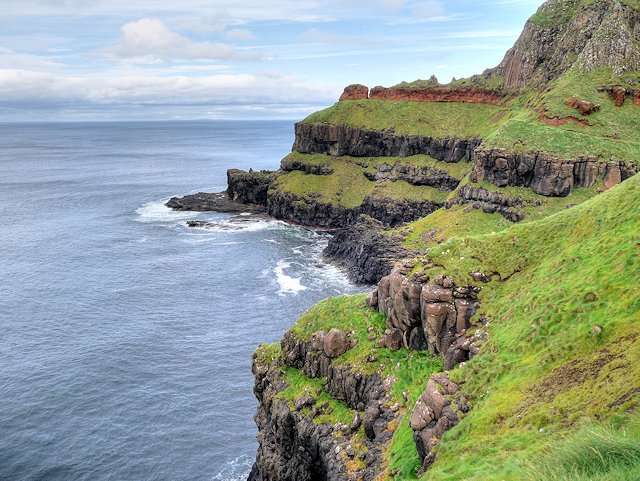
1. Ireland is a great place to visit any time of the year because of its mild, temperate climate.
However, if you want to be sure that most attractions are accessible or open, the best time to visit is during the shoulder season.
These are months that are in between the peak and low seasons. There’s March to May and September to November . During these months, temperatures are still mild, tourist sites are less congested and you’d definitely enjoy the beauty of the Emerald Isle.
2. Ireland is beautiful at any time of the year but it also has pretty unpredictable weather. Expect rain, even during summer.
It’s best to be always prepared so pack an umbrella, slip-proof shoes, a cardigan, and a waterproof jacket to stay warm and dry. Check out this packing list for Ireland for all seasons .
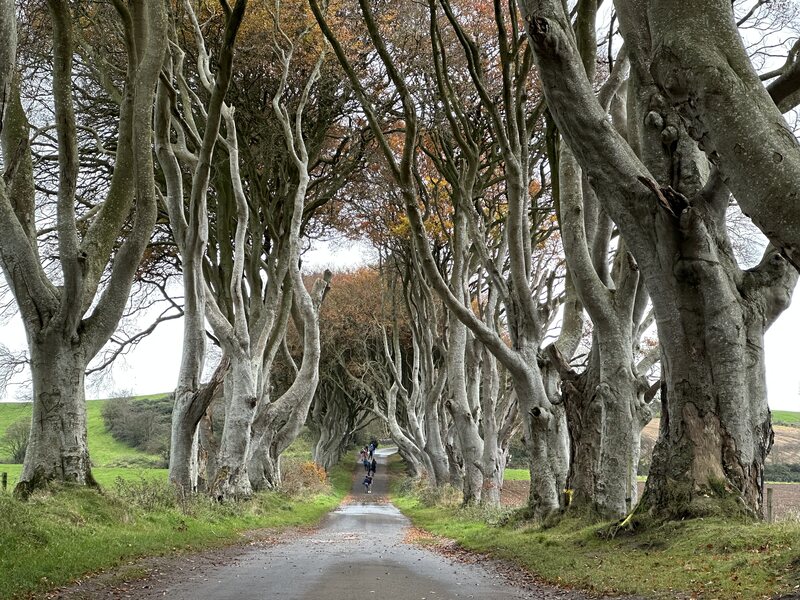
Dark Hedges, Image by Christine Rogador
3. Don’t forget to bring your adapter plug, especially if you travel with multiple electronic devices.
You would surely want to capture and document your trip so your cellphone and camera needs to be fully charged before you leave your hostel or hotel. Pack your adapter to help save time while in Ireland with a busy itinerary.
4. An essential advice not just when traveling to Ireland but to any other country is to buy travel insurance.
Good travel insurance will protect you and take care of you when you get sick or injured while traveling, as well as during theft and cancellations.
It is pretty much your very own comprehensive protection if anything goes wrong while you’re on vacation. Never go on any trip without it.
5. Make sure to check first if you need a visa to go to Ireland to avoid unnecessary inconveniences. For Philippine passport holders like me, you can check out this guide on how to apply for Ireland Tourist Visa for Filipinos.
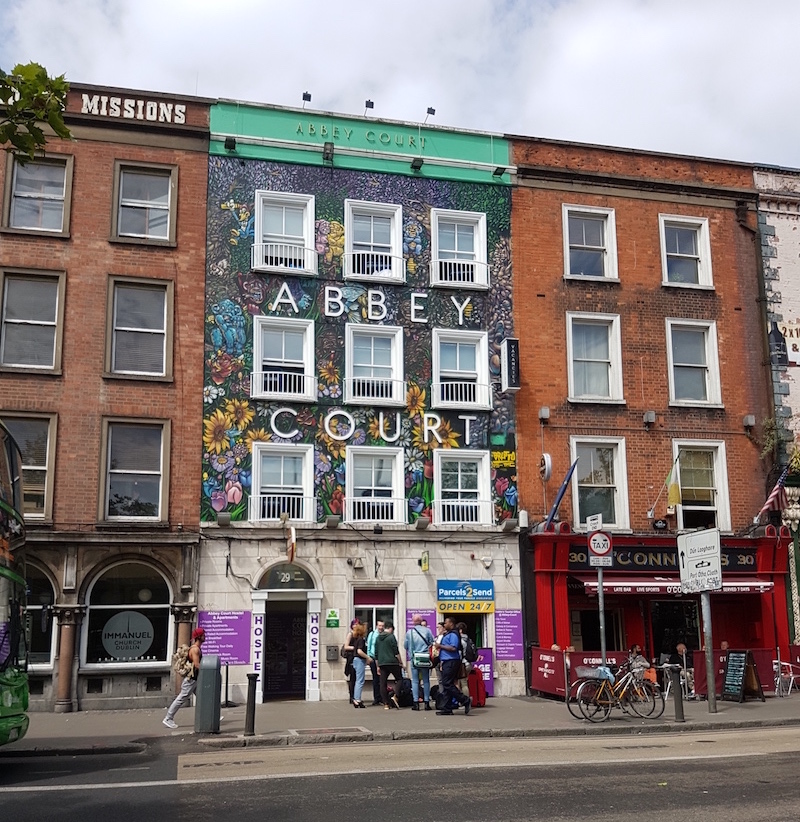
6. If you’re looking for an easy way to save some cash while in Ireland, it’s best to stay in a hostel. They’re cheap, give you access to the bare necessities and usually includes free breakfast. Check out this list of places to stay by cities .
7. However, even if it’s slightly pricier, a bed and breakfast is a great option as well. You get to stay in a homey atmosphere, and has additional opportunities to interact with locals.
Bed and breakfasts and guesthouses also often serve Irish food instead of getting them in pricier restaurants outside. These accommodations are often in old or historic houses, some are even in castles.
8. You can also combine your accommodation choices. For example, stay in a hostel when in big cities like Dublin or Belfast, then book a guesthouse then in smaller cities or towns.
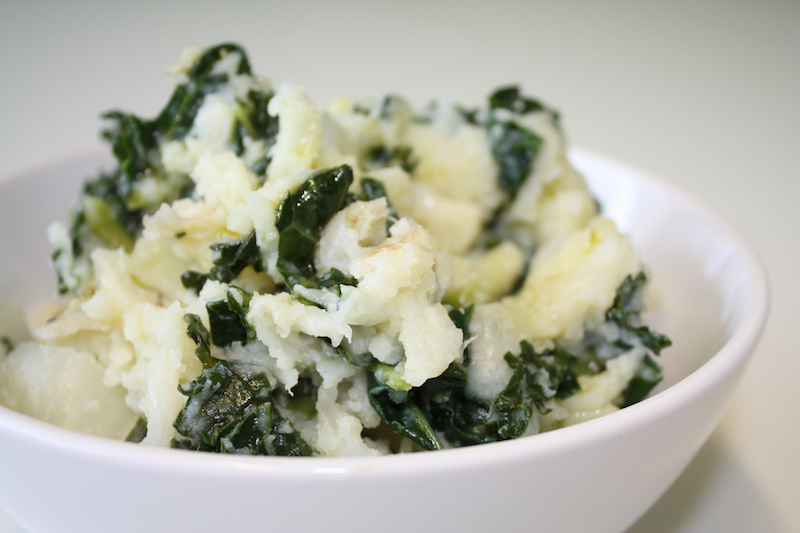
9. Take advantage of the free food, especially free breakfast in your accommodations. Be sure to eat right before going anywhere.
10. Ireland has some cool low-cost local supermarkets. Take advantage of these by buying some basic pick-me-ups like canned or bottled juice, cereal bars, digestive biscuits, and crisps.
They come in handy when you get hungry in between exploring sights or during long-distance trips to the countryside.
11. A great way to save some cash is to eat early, whether it’s lunch or dinner. Many restaurants in Ireland offer budget lunch nor dinner to the’early birds’ and they’re cheaper.
There isn’t a lot of options though as they’re usually set meals. It is another way to experience local cuisine, too!
12. Try at least any of the food and drinks that Ireland is known for. Have the traditional Irish breakfast , some stew, bangers, and mash or even fish and chips.
Have a pint of Guinness, a glass of whiskey or Irish coffee. Trying these definitely adds to the experience.
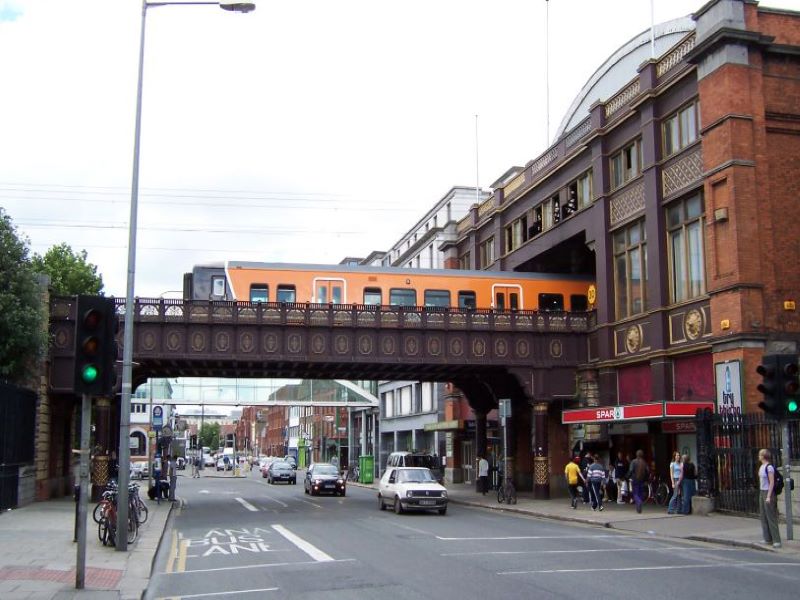
13. Ireland has excellent public transportation, so take advantage of it especially in the big cities. Most offer free wifi, have friendly drivers and are known to always arrive on time.
14. If you want to save more, get a LEAP card . This is a card you can top up to use on Ireland’s public transportation. With the card, you get discounts on fares compared to cash tickets. It’s very useful in Dublin and Belfast as well as Cork , Galway , Limerick , and Waterford .
You can also get a Dublin Pass that will give you access to over 30 attractions in Dublin for free and a hop-off and hop-on bus tour. You can get it Dublin Pass .
15. If you’d like to explore Ireland past the big cities at your own pace, it is best to rent a car. It’s quite easy to rent a car in Ireland and in the long run, it will be your cheapest option.
Renting (or hiring) a car is also a fantastic way to see most of the Emerald Isle as there’s a lot of scenic drives going from one city or town to another. If you’re unfamiliar with driving rules in Ireland, you can check out this guide for driving in Ireland .
Where to Book: Rentalcars.
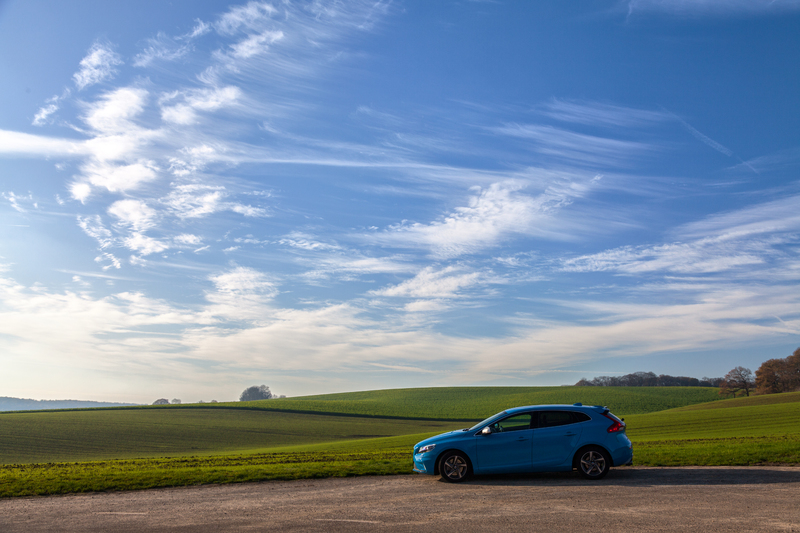
16. Try ridesharing, which is another lowcost means of transportation for visitors in Ireland.
Here, you only have to pass a small background check to get approved. The drivers who rideshare are also registered and vetted. Once approved, the driver will pick you up.
With this option, you only need to pitch in for gas. Two good ridesharing apps you can try are BlaBlaCar and CarpoolWorld
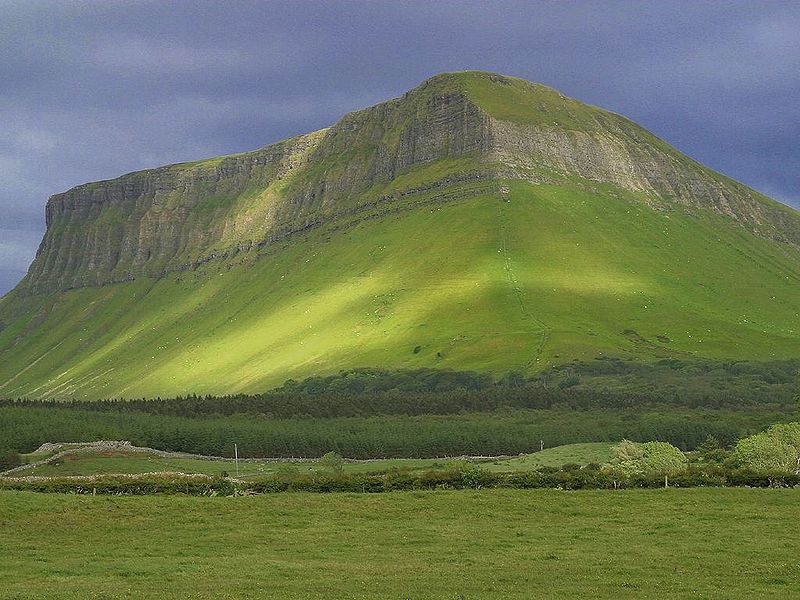
17. Be sure to get a Heritage card — it’s a card you can to up and gives you access to some of the best attractions across Ireland. Specifically, the Heritage card gives free admission to site managed by the Office of Public Works.
These include Dublin Castle , Ennis Friary, the Iveagh Gardens, Glenveagh National Park, Killarney National Park, Ross Castle , and more. This is valid for a year so you can explore as much as you want here.
18. When in cafes, restaurants or even spas, know that Ireland does not have a set culture on tipping. However, a few euros will be very much appreciated easily especially for exceptional service. Check out this tipping tips for Ireland.
19. Don’t drink too much when in a pub. If you’re trying to save but want to experience Ireland’s pub culture, go ahead and order a pint of Guinness. Pub drinks are a bit pricer, so stick to just one pint.
A fantastic way to do this is to find a pub with a great atmosphere and especially one with a band that features traditional Irish music. Then, you can order one drink and enjoy the rest of the evening
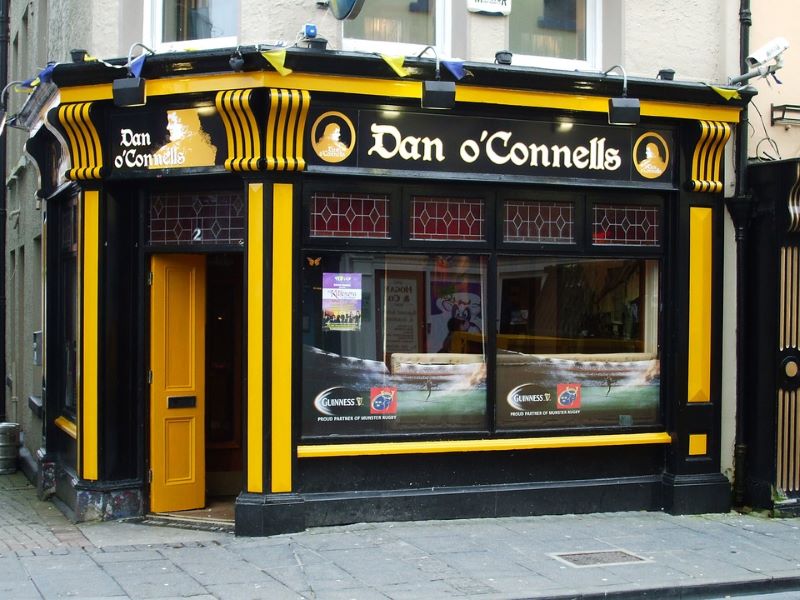
20. Talk to as many locals as possible — in your hotel or bed and breakfast, a pub or wherever you happen to be. The Irish are a friendly, accommodating lot and are happy to help out visitors to their country.
21. You should absolutely visit Northern Ireland . It’s a long drive bit truly worth it. Visit Belfast, drive along the Causeway Coastal Route or see the gorgeous town of Portrush .
22. Ireland is 32,595 square miles (84,421 square kilometers) and is packed full of sights. Pace yourself and don’t squeeze ten attractions in a single day or two.
When in Ireland, you may opt to visit just a few sights or try around two interesting activities in a day. Be sure to really enjoy and savor each place you visit.
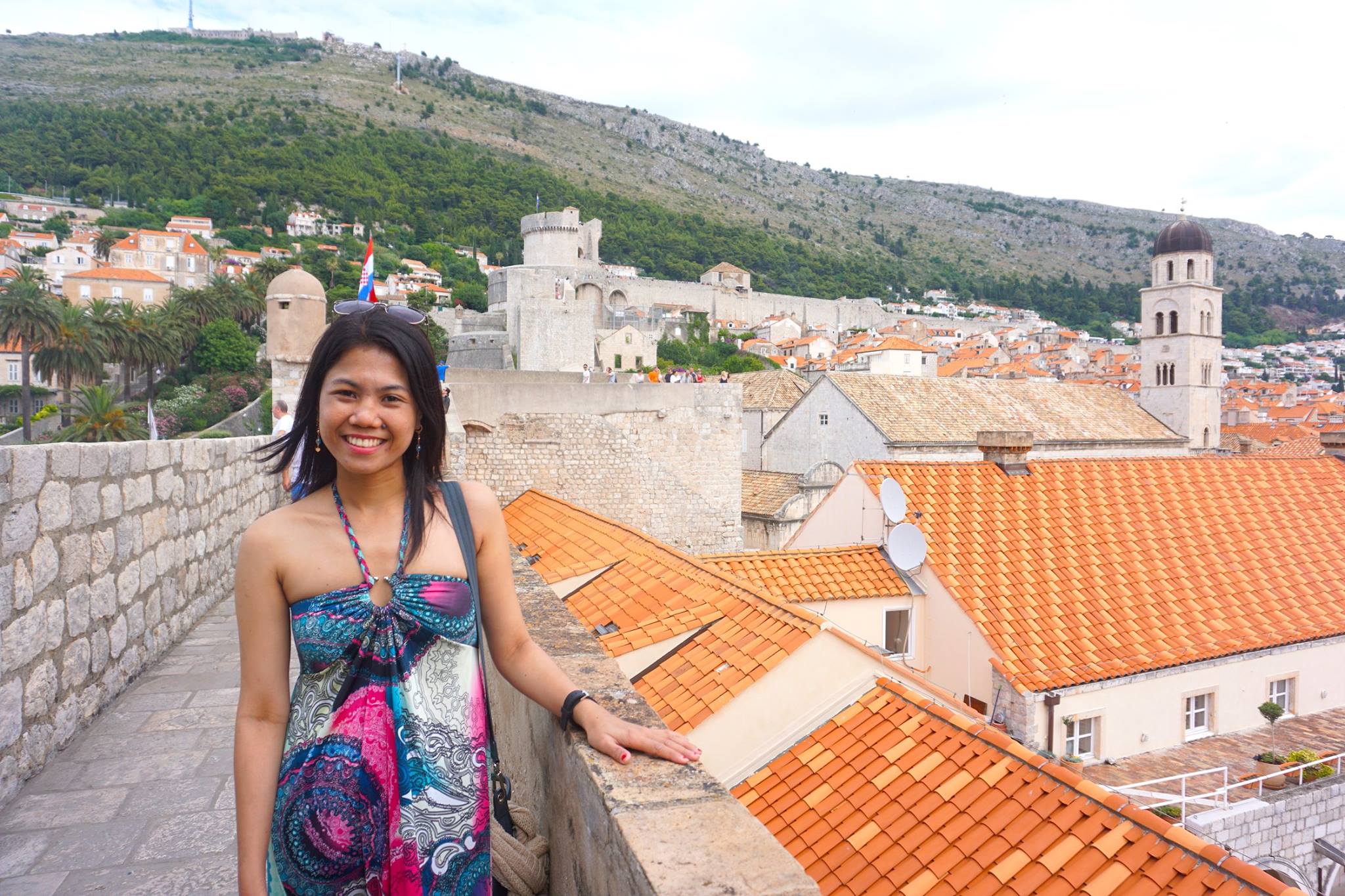
Hi, I’m Christine – a full-time traveler and career woman. Although I’m from the Philippines, my location independent career took me to over 40 countries for the past 8 years. I also lived in 3 continents – from the Caribbean, South East Asia to Africa. But despite living in several countries, my love for Ireland remains the same. A country that had been a part of my life since I was 14 because of my love for Irish music and bands. Ireland Travel Guides was born because of this passion and hopefully, in some little ways, this website will be able to help you on your next trip to Ireland.
National Geographic content straight to your inbox—sign up for our popular newsletters here
The essential guide to visiting Ireland
Here’s everything you need to know about exploring the Emerald Isle—when to go, where to stay, what to do, and how to get around.

Why you should visit Ireland
Landscapes as green and lovely as everyone says. Literary giants in Dublin; Titanic history in Belfast. A pint and good craic in a traditional pub. The lure of Celtic legends .
Best time to visit Ireland
Spring: Easter and St. Patrick’s Day draw crowds, but not quite as many as in the summer. It’s a bit easier to navigate popular sites in the bigger cities like Dublin and enjoy wildflower-dotted areas along the western coast .
Summer: The peak season brings plenty of events, like the Galway Arts Festival . Cycle a trail like the Great Western Greenway , kayak a blueway , or hike in Connemara National Park .

Autumn: October festivals, such as the Cork Jazz Festival and the enthralling Púca Halloween festival in County Meath, start filling the calendar. It’s also a great time to sample the local harvest at farmers markets in towns and villages.
Winter : It rarely snows in Ireland, but it rains quite a bit. There are fewer crowds, so winter visitors will feel more of the local vibe, especially in the pubs. Christmas is big, with holiday events like Winterval in Waterford.
Lay of the land
Cities: Capital city Dublin is easy to explore on foot, with Trinity College, home of the Book of Kells , not far from the EPIC Irish emigration museum beside the River Liffey. Laid-back Galway has a thriving arts and music scene plus ferries to the Aran Islands . County Cork and Limerick are market counties, with the historic English Market at the former and the Milk Market in the latter. Known for its shipping history —and mid20th-century troubles— Belfast is also gaining recognition for its food scene .
East: In County Wicklow, get lost in Powerscourt and Mount Usher gardens or hike in Wicklow Mountains National Park . In County Meath, history buffs find Neolithic monuments Newgrange and Knowth , plus other Boyne Valley treasures like Trim Castle and Loughcrew Cairns .
Southeast: The city of Waterford’s Viking roots are on display at the Waterford Treasures museums. In Kilkenny city, follow the Medieval Mile walking trail and explore the narrow alleyways that reveal hundreds of years of history.
Southwest: Backdropped by mountains like the MacGillycuddy’s Reeks, gorgeous peninsulas, and colorful harbors, Cork and Kerry draw artists and writers. Killarney National Park and the Dingle Peninsula are sightseeing favorites during long summer days.
West: The sea-lashed Cliffs of Moher and the otherworldly limestone plateaus of The Burren are just a few miles apart in County Clare. To the north, County Galway is home to the blanket bogs of Connemara . County Mayo preserves Céide Fields , one of the world’s oldest archaeological sites.
( Follow the trail of Ireland’s legendary pirate queen .)
Northwest: Flat-topped mountains like Ben Bulben and Knocknarea overlook County Sligo ’s lively surfing scene. Donegal is famed for Sliabh Liag (Slieve League) sea cliffs, endless golden beaches, and hilly or lakeside hiking trails at Glenveagh National Park .
The Midlands: The River Shannon , the country’s longest waterway, snakes through Ireland’s Hidden Heartlands and feeds into Lough Derg , popular for boating. Clonmacnoise , founded in A.D. 544, preserves the ruins of one of Ireland’s most influential monastic sites.
Northern Ireland: The Causeway Coast leads to the natural wonders Giant’s Causeway and the Glens of Antrim . Visit Derry for its walled city and history. The Mourne Mountains are ideal for solitude and sea views.

Getting around Ireland
By plane: There are daily flights between Dublin Airport and regional hubs including Kerry Airport and Donegal Airport .
By bus: Bus Eireann is the national operator with local services in cities and towns. It also runs the inter-city Expressway . Private bus services, such as GoBus.ie , connects cities. Plan journeys via the app or website Transport for Ireland . Services in Northern Ireland are run by Translink .
By train: The rail network is operated by Irish Rail/ Iarnród Éireann , with good connections between main cities and towns. Trains from Dublin to Galway or Cork take around 2.5 hours. Rail services in Northern Ireland are operated by Translink .
By car: Driving in Ireland is on the left. Ireland’s network of motorways (M) includes the M1 from Dublin to Belfast, the M6 crossing the country from Dublin to Galway, and the M8 from Dublin to Cork. Road types include national (N), regional (R), and local (L). Regional and local roads can be narrow and winding, so allow for plenty of time.
By boat: There are seasonal and year-round passenger ferries servicing Ireland’s populated offshore islands such as the Aran Islands. These are for foot passengers (visitors can’t bring cars to the islands).
( Uncover the hidden legends along Ireland’s southern coast .)

Know before you go
Irish language: Irish and English are the country’s two official languages. Irish (a Gaelic language but not called Gaelic in Ireland) was the country’s first language until the 19th century, when English became dominant. While 40 percent of the population can speak some Irish, it is only spoken daily by about 2 percent of the population, particularly in the Gaeltacht , where place names and road signs are in Irish.
Hours: Some restaurants open only three or four days, especially in smaller towns or during low season (October to Easter). Kitchens can close as early as 8 p.m.
LGBTQ+ : In 2015, Ireland became the first country to approve same-sex marriage by referendum . Ireland has lively LGBTQ+ communities in the larger cities like Dublin, Galway, and Belfast, and a calendar of pride festivals .
How to visit Ireland sustainably
Outdoors: Help preserve habitats by staying on the main trails and boardwalks. Consider joining a tour led by a registered guide to reduce your impact. Leave no trace—remove trash when picnicking or camping.
Shopping: Purchase from independent shops, markets, and small farms. Look for sustainable souvenirs and locally-made gifts like Aran wool sweaters, pottery and ceramics (the label will indicate where they are made).
Dining: Ireland is a land of fishers, farmers, and makers, so eating local isn’t too difficult. Plus, there are several sustainable tourism initiatives, including Origin Green ’s certification program for food producers. Food tours are easy eco-friendly options, but you can also find individual spots on Tourism Ireland’s website. Tap water is drinkable , so bring a reusable bottle.
What to read
A Short History of Ireland , by John Gibney. The historian takes you through five centuries, from 1500 to 2000, covering key events including the Great Famine and the fight for independence.
Dubliners , by James Joyce. The famed novelist’s collection of short stories depicts life in Dublin in the 1900s.
Travelers’ Tales Ireland: True Stories , by James O’Reilly, Sean O’Reilly, and Larry Habegger. Short stories like kayaking around an island and climbing Ireland’s holiest mountain capture some of the country’s magic.
( For more tips on what to do in Ireland, see our Explorer’s Guide .)
Related Topics
- CITY GUIDES
- CULTURAL TOURISM
- FOOD TOURISM
- ADVENTURE TRAVEL
You May Also Like

The essential guide to visiting Scotland

Visiting Ireland? Here’s what the locals love
Free bonus issue.

10 best things to do in Ireland

10 whimsical ways to experience Scotland

The essential guide to visiting Alaska

The essential guide to visiting North Carolina

10 best things to do in Maine
- Perpetual Planet
- Environment
- Paid Content
History & Culture
- History & Culture
- Photography
- Mind, Body, Wonder
- Terms of Use
- Privacy Policy
- Your US State Privacy Rights
- Children's Online Privacy Policy
- Interest-Based Ads
- About Nielsen Measurement
- Do Not Sell or Share My Personal Information
- Nat Geo Home
- Attend a Live Event
- Book a Trip
- Inspire Your Kids
- Shop Nat Geo
- Visit the D.C. Museum
- Learn About Our Impact
- Support Our Mission
- Advertise With Us
- Customer Service
- Renew Subscription
- Manage Your Subscription
- Work at Nat Geo
- Sign Up for Our Newsletters
- Contribute to Protect the Planet
Copyright © 1996-2015 National Geographic Society Copyright © 2015-2024 National Geographic Partners, LLC. All rights reserved
Cookies on citizensinformation.ie
We use cookies to collect information about how you use citizensinformation.ie. This helps us to improve your experience. You can find out more about the cookies we use in our Cookie notice . You can also read our Privacy policy . You can accept all cookies or you can chose which cookies to accept or reject. You can change your cookie preferences at any time by using the My cookie preferences link at the bottom of each page.
Cookie preferences
Cookies used by google analytics.
We use Google Analytics to measure how you use the website so we can improve it. We have configured Google Analytics to anonymise your IP address so that you are not personally identified. We gather information on:
- How you got to the site
- The pages you visit on citizensinformation.ie, and how long you spend on each page
- What you click while you are visiting the site

Travelling to Ireland
Getting there, travel restrictions, identity and visa requirements for entering ireland, what you can bring with you, getting around and public transport, healthcare in ireland, practical tips, more information.
Getting to Ireland is easier than ever with direct flights to major and regional airports and ferries arriving at several ports of entry.
Always make sure your passport is in date well in advance of travelling.
Since 6 March 2022, there are no COVID-19 restrictions for travel to Ireland.
You should follow public health advice if you develop symptoms of COVID-19.
You can find out about what documents you will need to travel Ireland .
You may need to apply for a visa if you are travelling to Ireland and you are not a citizen of the UK, Switzerland, or a country in the European Economic Area (the EU plus Norway, Iceland, and Lichtenstein).
You can check to see if you need a visa .
You must keep to the specific allowances if you want to bring alcohol, tobacco, or other goods into Ireland. If you are from a non-EU country, you must complete a cash declaration if you intend to bring over €10,000 in cash into the country. More information is available on customs regulations for travellers to Ireland .
It is easy to get around, whether you use public transport or rent a car in Ireland.
Public transport includes buses, rail, the Luas tram system, taxis, hackneys, and limousines.
You can also find out how to get to and from Dublin Airport .
Renting a car in Ireland can be a useful way to travel. You must have a valid driving licence to drive in Ireland. If you have a valid full foreign driving licence, you can use this for up to 12 months while visiting Ireland.
Read more information about getting around in Ireland .
It is always advisable to take out travel insurance before travelling.
If you are visiting Ireland, you may be entitled to health services that are free or subsidised, depending on your circumstances. Read more about health services for visitors to Ireland .
If you are visiting Ireland from the EU/EEA and Switzerland, you can use a valid European Health Insurance Card from your home country to access healthcare.
Ireland uses the Euro. Credit cards and debit cards are widely accepted, but carrying some smaller amounts of cash is advisable.
Irish and English are the official languages. You can most often hear Irish in rural Gaeltacht areas .
Things to do in Ireland
You can get more information about things to do in Ireland from discoverireland.ie . You can find out about the walking trails in our page on walking and rambling .
Driving in Ireland
The Road Safety Authority (RSA) has helpful advice for tourists driving on the roads in Ireland .
Travelling with pets
You can get information about bringing your pet to Ireland .
Contact details for the Department of Foreign Affairs (DFA)
The Irish government website DFA.ie has information about visas, passports and contact details for embassies.
Emergency services
The emergency services telephone number is 999 or 112.
Reporting a crime
Information is available about reporting a crime . There is also help available from the Irish Tourist Assistance service if you are a victim of a crime.
Irish weather
You can check the Irish weather forecast on MET éireann , the Irish meteorological service.
Related documents
- Travelling from Ireland for healthcare in Europe Introduction to the options for Irish residents who wish to access healthcare in other countries in Europe. 1372.0256
- Customs regulations for travellers to Ireland Find out about the important rules in place regarding customs regulations for people travelling to Ireland. 1252.3263
- Visas for tourists visiting Ireland Information about coming to Ireland for a short stay (less than 90 days). 1029.6144
If you have a question about this topic you can contact the Citizens Information Phone Service on 0818 07 4000 (Monday to Friday, 9am to 8pm).
You can also contact your local Citizens Information Centre .
Manage cookie preferences
Are you sure you want to sure you want to leave the feed?
Oops... something went wrong!
Looking for inspiration? Planning a trip? Or just want to scroll yourself happy? We'll show you an Ireland that's tailor-made for you.
- #Landscapes
- #CultureandHeritage
- #OutdoorActivities

Oops, no internet connection
While offline, you can still add items to ‘My Board’. New travel reccomendations will only show up once you’re back online.
See what Ireland has in store for you
Items without a physical location are not shown in map view.
Looks like your board is empty
Look out for the little heart icon around Ireland.com, simply tap the icon to start adding items to your board!

Board settings
Collection cover image.
Visible to people you share your board with
Share Board
Share a link to your ‘My Ireland’ board and inspire friends, co-travellers and family. Only you can add or remove items from your board.

Forgot your password?
Create an account.
Access My Ireland across all of your devices by logging in.
Sign up Not got an account?
Terms of use | Privacy policy
Login Got an account?
Location access
- View offers and deals nearby you
- Get travel inspiration based on your location
- Local weather warnings and useful travel information
Enable location access
Location access on ios.
- 1 Open the website settings for this website in your browser
- 2 Select Location settings
- 3 Choose “Allow
- 1 Open the My Ireland website

- 2 Select the Icon below

- 3 Select “Website Settings

- 4 Change “Location” to “Allow”

Notifications
Travel times.
Tell us when you are going to be travelling Ireland, and we will show you tailored recommendations for the duration of your trip.

- Tips for events happening during your stay
- Helpful travel reminders and updates
You have unsaved changes. Save before leaving?
We take your privacy very serious and only ever process your data with your persmission. If possible this is handled anonymously and we will never store your data for longer than is required. For more information on how we handle your personal data please read our Privacy Policy.
Remove Data
To securely remove all data associated with your profile please contact our Data Protection Officer.
Reset your Board
This will remove all the items you have previously liked from your board. Please note, you can’t undo this action.
Are you sure you want to reset your board?
This will completely reset your board and all associated data permanently. This cannot be undone.
- Created date 19 July 2023
Delete account
Sorry you’re leaving. But you gotta do what you gotta do. Just a reminder, if you delete your account, you won’t be able to post in Community. And it’s permanent so you can’t “undo” it in the future.

Your travel checklist
Planning on visiting the island of Ireland? Make sure you tick off our travel checklist.
From clothing to currency, here's everything you need in your suitcase for your Ireland trip

Ireland in your inbox
Sign up to receive free email newsletters from Tourism Ireland, including vacation ideas, insider tips, news, and events.
We will use your email address to send you personalised content straight to your inbox based on how you interact with this website and our advertisements on other websites.
Something went wrong...
Success! Thank you for subscribing to our Newsletter!
I understand that by signing up, I will receive personalised email content based on my use of Tourism Ireland’s website, emails and Tourism Ireland’s advertising on other websites, cookies and tracking pixels. You can unsubscribe at any time by clicking 'unsubscribe' in our emails. Find out more information on "How we handle your personal data" in our privacy policy .
I would like to receive information and special offers by email from carefully selected travel partners. For more information please see our privacy policy .
What type of clothing should I pack?
Ireland has a saying: There is no bad weather, only inappropriate clothing. In other words, a little planning goes a long way. "Packing for Irish weather can be summed up in one word: layers", says Gerry Britt, veteran visitor to Ireland from Virginia, USA. "T-shirts, light sweaters, a good waterproof jacket and a waterproof hat."
But it's not ALL about layers: do pack swimwear for Ireland's magnificent beaches. "They'll be golden, glorious, usually deserted and begging for you to dive straight in," says Gerry, who also advises bringing sunglasses to protect your eyes from hail, rain and wind – and the sun, when it does shine.
"Last, but not least, walking is one of the pleasures of Ireland so bring a solid pair of walking boots or at least a comfortable pair of trainers."
Once the rain stops and the sun comes out, you’ll be in awe of the scenery before you can shake the drops off your jacket. Gerry Britt, Virginia, USA

Connemara National Park, County Galway
Hiking in Connemara
What currency is used in Ireland?
The currency used in the Republic of Ireland is the euro (€) while Northern Ireland's currency is the pound sterling (£). When crossing between the Republic of Ireland and Northern Ireland you can exchange your money in shops, gas stations, bureaux de change and banks. You should also check the exchange rate when changing money.
ATMs are found all over the country and it's a convenient way of dealing with your money during your stay.
Credit cards
Visa and Mastercard are widely used, while American Express cards may not always be accepted. Credit cards can be used for purchases and also to access money from ATMs. Each ATM has a list of card symbols that can be used there (bank charges may apply).
Ireland has a "chip and pin" system for debit and credit card purchases, which means you key your pin into a pinpad. If your card doesn't have a chip, most retailers will still accept it and you can just sign for your purchases.
Traveller's checks are not widely used and most banks won't accept them, so bring cash or cards instead.

County Antrim
Capturing the County Antrim scenery
What electronics should I bring?
Smartphones, e-readers, tablets and laptops – where would we be without them? If you're planning to bring your favourite devices with you when you travel, here's what you need to know. Plugs in Ireland are three-pronged and the electricity supply is 230v/50hz. Bring an adapter so you can keep your devices charged up. And consider a portable power bank to avoid the dreaded dead battery.

Galway City, County Galway
Shopping in the city
Useful links
Citizens Information
Everything you need to know about travelling to Ireland, from customs and visas to bringing your pets.
If you're planning on visiting Northern Ireland, the NI government website has lots of tips and travel information.
Transport Infrastructure Ireland
Want to hit the road? Toll information, how to pay and more from the national body that manages the Republic and Ireland's road network.
Cookies on citizensinformation.ie
We use cookies to collect information about how you use citizensinformation.ie. This helps us to improve your experience. You can find out more about the cookies we use in our Cookie notice . You can also read our Privacy policy . You can accept all cookies or you can chose which cookies to accept or reject. You can change your cookie preferences at any time by using the My cookie preferences link at the bottom of each page.
Cookie preferences
Cookies used by google analytics.
We use Google Analytics to measure how you use the website so we can improve it. We have configured Google Analytics to anonymise your IP address so that you are not personally identified. We gather information on:
- How you got to the site
- The pages you visit on citizensinformation.ie, and how long you spend on each page
- What you click while you are visiting the site

Travel to Ireland
Travelling to Ireland Information for people travelling to Ireland on their holidays.
Customs regulations for travellers to Ireland Find out about the important rules in place regarding customs regulations for people travelling to Ireland.
Customs officers - powers of search This page includes the powers of Customs and Excise officers to carry out searches of travellers to prevent the importation of prohibited goods or goods that have not been declared to Customs.
Tax-free purchases for non-EU travellers The Retail Export Scheme, allows visitors to Ireland (from outside the European Union) to buy goods in Ireland to take home with them and benefit from tax relief.
EU Digital COVID Certificate (DCC) An overview of the EU Digital COVID Certificate (DCC). Since 1 July 2023 you no longer get a DCC. This document is in: Travel abroad
Bringing pets to Ireland The importation of pets into Ireland is strictly controlled. Information on the procedures for bringing your pet to Ireland. This document is in: Coming to live in Ireland
Most Read in "Travel to Ireland"
- Customs regulations for travellers to Ireland
- Tax-free purchases for non-EU travellers
- Travelling to Ireland
- Customs officers - powers of search
Manage cookie preferences
Update April 12, 2024
Information for u.s. citizens in the middle east.
- Travel Advisories |
- Contact Us |
- MyTravelGov |
Find U.S. Embassies & Consulates
Travel.state.gov, congressional liaison, special issuance agency, u.s. passports, international travel, intercountry adoption, international parental child abduction, records and authentications, popular links, travel advisories, mytravelgov, stay connected, legal resources, legal information, info for u.s. law enforcement, replace or certify documents.
Share this page:
Ireland Travel Advisory
Travel advisory july 26, 2023, ireland - level 1: exercise normal precautions.
Reissued with obsolete COVID-19 page links removed.
Exercise normal precautions in Ireland.
Read the country information page for additional information on travel to Ireland.
If you decide to travel to Ireland:
- Enroll in the Smart Traveler Enrollment Program ( STEP ) to receive Alerts and make it easier to locate you in an emergency.
- Follow the Department of State on Facebook and Twitter .
- Review the Country Security Report for Ireland.
- Visit the CDC page for the latest Travel Health Information related to your travel.
- Prepare a contingency plan for emergency situations. Review the Traveler’s Checklist .
Travel Advisory Levels
Assistance for u.s. citizens, ireland map, search for travel advisories, external link.
You are about to leave travel.state.gov for an external website that is not maintained by the U.S. Department of State.
Links to external websites are provided as a convenience and should not be construed as an endorsement by the U.S. Department of State of the views or products contained therein. If you wish to remain on travel.state.gov, click the "cancel" message.
You are about to visit:
Cookies on GOV.UK
We use some essential cookies to make this website work.
We’d like to set additional cookies to understand how you use GOV.UK, remember your settings and improve government services.
We also use cookies set by other sites to help us deliver content from their services.
You have accepted additional cookies. You can change your cookie settings at any time.
You have rejected additional cookies. You can change your cookie settings at any time.
- Passports, travel and living abroad
- Travel abroad
- Foreign travel advice
Entry requirements
This advice reflects the UK government’s understanding of current rules for people travelling on a full ‘British citizen’ passport from the UK, for the most common types of travel.
The authorities in Ireland set and enforce entry rules. If you’re not sure how these requirements apply to you, contact Ireland’s embassy in the UK.

COVID-19 rules
Countries may restrict travel or bring in rules at short notice. Check with your travel provider for changes.
If you test positive for COVID-19, you may need to stay where you are until you test negative. You may also need to seek treatment there.
You should also read TravelHealthPro’s general COVID-19 advice for travellers .
Entry to Ireland
There are no COVID-19 testing or vaccination requirements for passengers entering Ireland.
Check the latest requirements from the Irish Department of Foreign Affairs .
ID requirements
If you are a British citizen, you do not need a passport to enter Ireland. However, some carriers and airlines might require identification. Irish immigration officers check the ID of all passengers arriving by air from the UK and might ask for proof of British nationality, particularly if you were born outside the UK. You should take your British passport with you. Check the Ireland Citizens Information Board for guidance on acceptable ID.
You do not need ID to cross the border between Northern Ireland and Ireland.
Visa requirements
British citizens do not need a visa to visit Ireland. Ireland, along with the UK, is a member of the Common Travel Area ( CTA ). UK nationals do not need a visa or residency permit to live, work or study in Ireland.
Vaccination requirements (other than COVID-19)
At least 8 weeks before your trip, check the vaccinations and certificates you need in TravelHealthPro’s Ireland guide .
Customs rules
There are strict rules about goods that can be brought into and taken out of Ireland. Find out about customs rules from the Irish Revenue . You must declare anything that may be prohibited or subject to tax or duty.
Travelling with pets
Read about travelling to the EU with your pet and check the Irish entry requirements for pets .
Taking money into Ireland
If you are travelling with or sending 10,000 euros or more, check Irish Revenue guidance on travelling with cash .
Related content
Is this page useful.
- Yes this page is useful
- No this page is not useful
Help us improve GOV.UK
Don’t include personal or financial information like your National Insurance number or credit card details.
To help us improve GOV.UK, we’d like to know more about your visit today. We’ll send you a link to a feedback form. It will take only 2 minutes to fill in. Don’t worry we won’t send you spam or share your email address with anyone.
13 useful things to know before you visit Dublin
Apr 15, 2024 • 10 min read
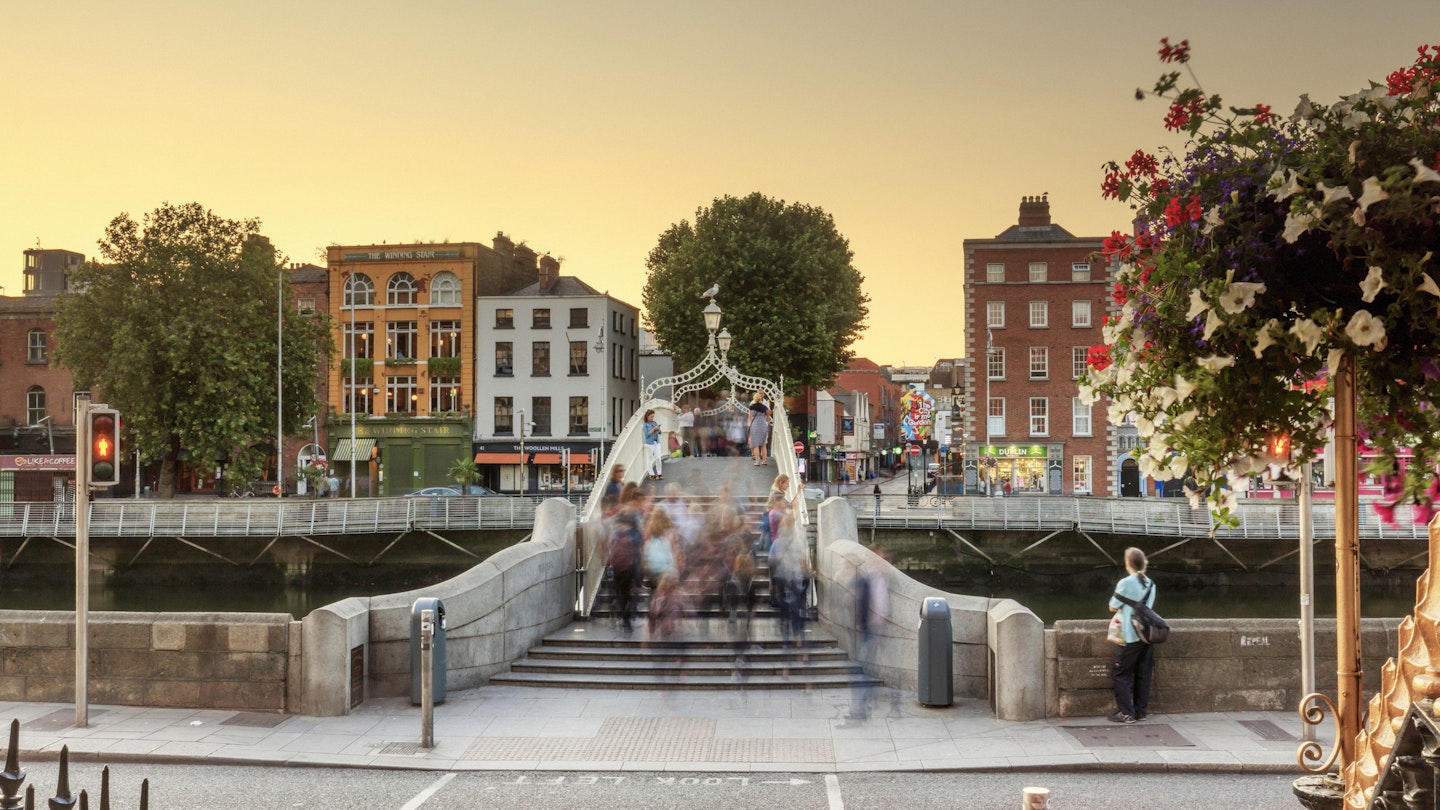
These local tips on packing, transport and etiquette can help you plan the perfect visit to Dublin © maydays / Getty Images
As a born and bred Dubliner, I’ve spent most of my life trying to make sense of my hometown.
In one way it’s a cinch to figure out: you’ll get your bearings pretty quickly and realize that you can explore most of it on foot. But it’s not just its size that makes it such a great walking city. It’s the nature of life here that makes it the ideal flaneur destination, where you amble and devote yourself to the art of observing life around you.
Spend a few days in Dublin and you’ll soon appreciate that there is much going on in this busy little town, and that to really understand the place you’ll have to move here and spend the rest of your days figuring out its wonderful idiosyncrasies and multilayered sense of humour.
In the meantime, though, here are a few local tips that will smooth your introduction to a city that has the power to grab your imagination and not let it go.
1. Plan on having at least three days in Dublin
Dublin might be a small capital city, but it’ll demand as much time from you as you’re willing to give. You’ll need at least three days to even make a dent in the place: one day to explore even just a couple of the main sights, such as Trinity College and the Guinness Storehouse . You’ll need another day to visit some of the city’s other brilliant attractions, like the Little Museum of Dublin , the Chester Beatty and just one branch of the National Museum of Ireland . And a third day to sample some whiskey and visit either of the city’s iconic cathedrals .
A couple of days more will give you a chance to stretch your legs and explore more of the city – such as the historic General Post Office and 14 Henrietta St on the northside. But you’ll have to build in some leisure time – after all there are 800 pubs in the city , a fine selection of music venues and a handful of great theatres. And what about going further afield, on a day trip to Howth , for instance, or beyond?
Planning on some beers while you're in Dublin? Here's our guide to the locals' favorite traditional pubs
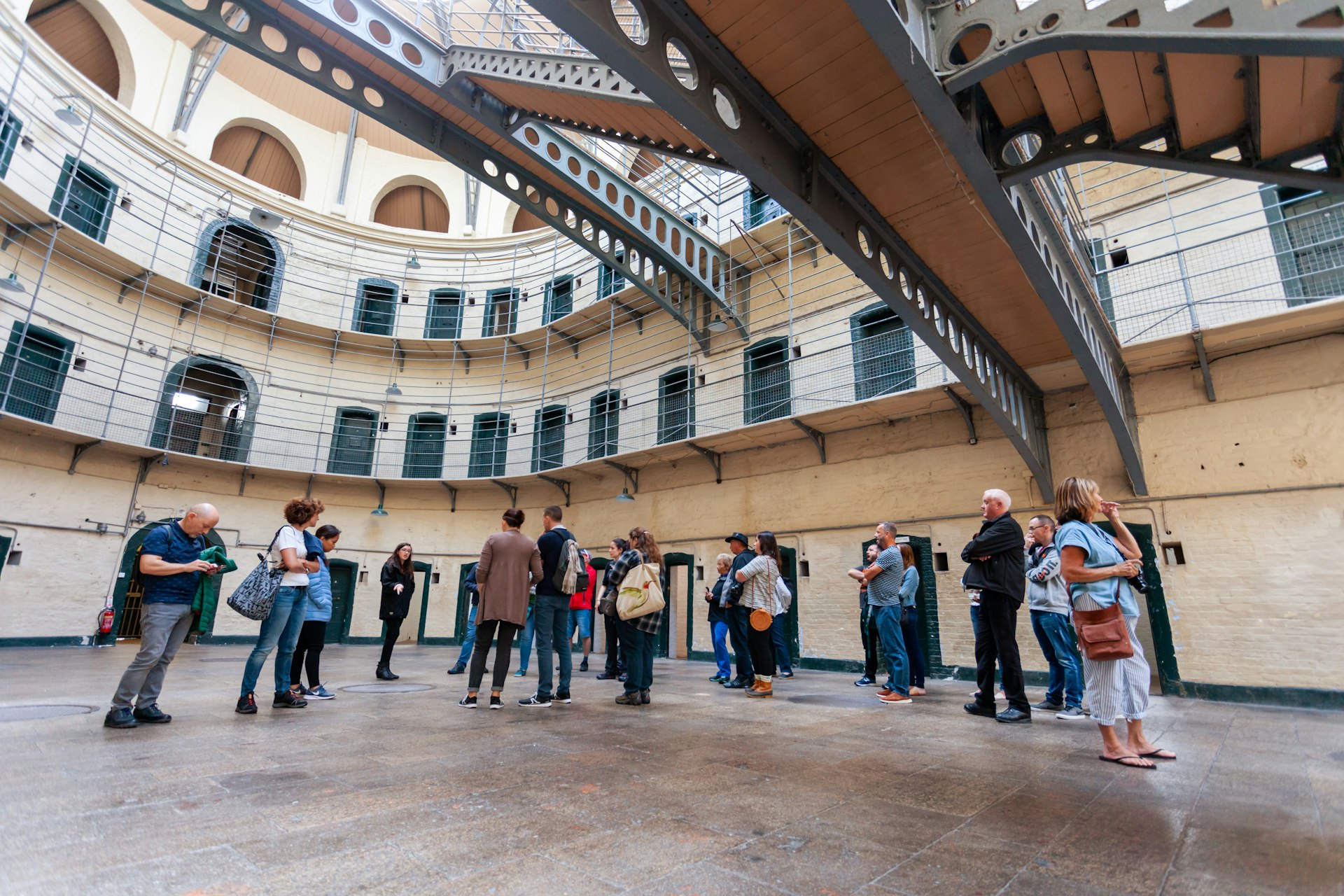
2. Dublin is a casual kind of place so pack accordingly
You can wear pretty much whatever you want in Dublin, and smart casual is the most you’ll need for fancy dinners, the theater or the concert hall. Even most work places like to keep it casual as there’s a general perception in the city that dressing up is only for that special occasion, which work rarely is.
Irish summers are warm but rarely hot, so you'll want an extra layer for when the temperatures cool, especially in the evening when the disappearing sun can make that day’s warmth feel like a distant memory.
Ultimately, the ever-changeable weather will determine your outfits, but a light waterproof jacket (preferably with a hood, unless you’re carrying an umbrella) and waterproof shoes should never be beyond reach, for the almost inevitable rain.
Plan your packing with our seasonal guide to Dublin through the year
3. Take advantage of discount cards
There is a range of discount cards that will save you money on attractions and transport. The GoCity All-Inclusive Pass (1–5 days, €79–164) gives you free entry to a bunch of top attractions, including the Guinness Storehouse, EPIC The Heritage Museum, the Jameson Distillery Bow Street, and the Big Bus Hop On, Hop Off tour. For 25% off six of those attractions, there’s the DoDublin Days Out Card (€55).
As well as the Leap Card (see below), there are good discounts to be had with the DoDublin Freedom Ticket (€48), a 72-hour travel pass that covers all public transport as well as a hop on, hop off tour.
4. Get a Leap card for use on public transport
If you’re planning on using public transport in Dublin, be sure to get a Leap Card first, as it’s cheaper and more convenient than paying for fares directly. This green plastic card is available from most newsagents and can be used on all forms of transport in the city, including buses, DART, the Luas light rail system and commuter trains throughout the county. The Leap Visitor Card (1/3/7 days, €8/€16/€32) provides unlimited travel on public transport. It can be purchased in the city and at Dublin Airport, or ordered online and delivered to your home in advance of your trip.
To use the card, just tap your card on the machine as you get on: for Luas, rail and DART services you will also need to tap off when you get off (but not for buses).
You top up the card with any amount you want (there’s a minimum of €5) at newsagents, any Luas, DART and commuter rail machines, or by downloading the Leap Top-Up App onto any NFC-enabled iPhone or Android phone: hold the card to the back of the phone and you can top up, collect pre-paid tickets and check your balance.
If you’re using a regular Leap card, rather than the Visitor Card, the TFI 90 Minute Fare applies to journeys made by Dublin Bus, Luas and most Dart trains. Any journey less than 90 minutes (including transfer times) costs €2.
Here's more useful transportation information for Dublin
5. Uber is not the best taxi option in Dublin
There are plenty of taxis in Dublin, but they can be tough to find late at night, especially at weekends when thousands of Dubliners are looking to head home to the suburbs after a night out in the city. Uber does exist in Dublin, but it’s oddly expensive; by far the most popular taxi hailing app is Freenow , which most of the city’s taxis are connected to. There are taxi ranks in the city center, but hailing them through the app is the preferred (and most convenient) option for most.
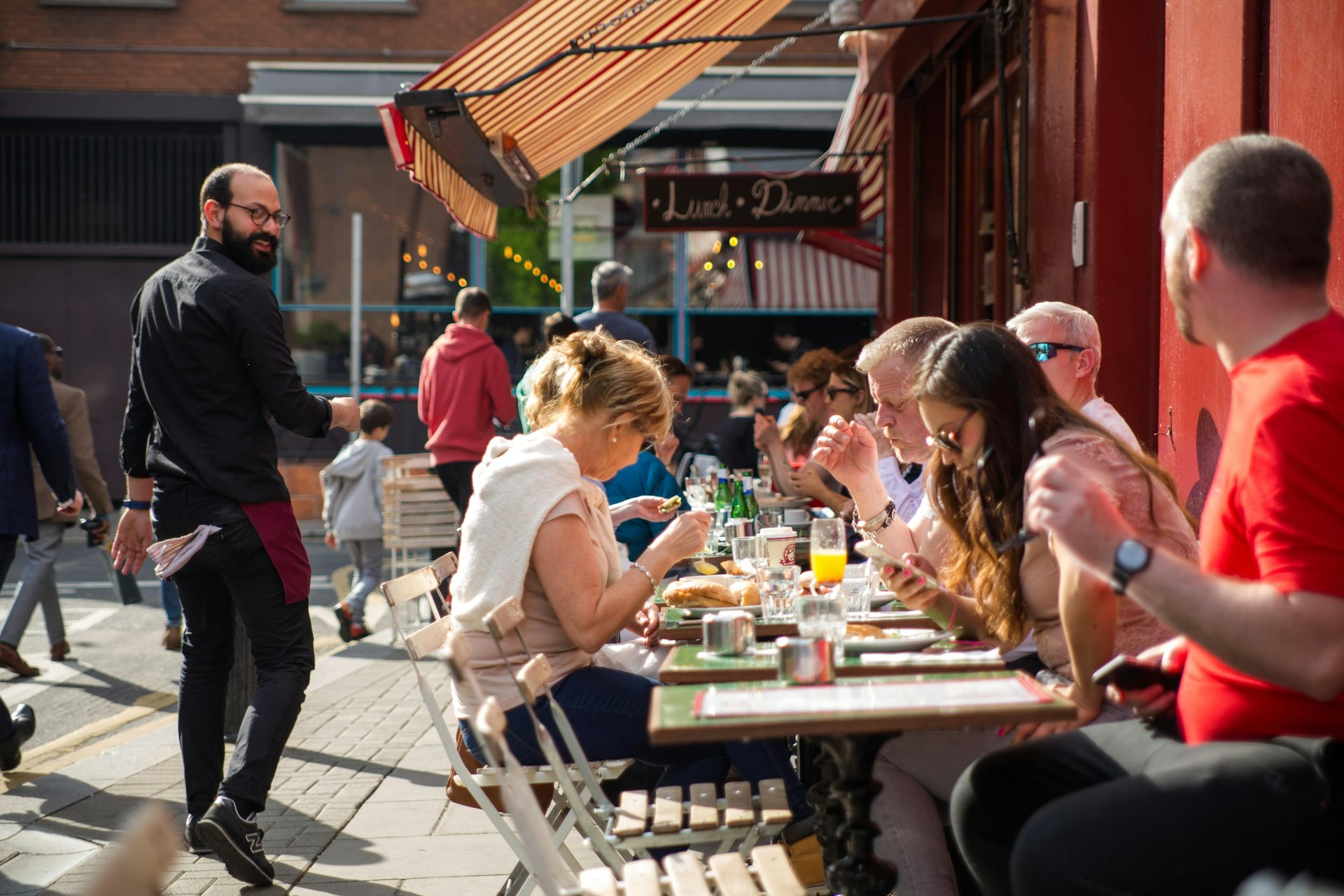
6. Get to grips with Dublin’s dining habits
Dubliners rarely eat breakfast out, so you might struggle to find a decent spot for breakfast that opens before 9am or 9:30am. The good news is that a decent cup of coffee is a non-negotiable, so there are plenty of places open by 8am to cater for caffeinated employees.
Discounted lunch specials are common, especially in the busy city center. Book tables at popular restaurants at least a few days in advance if you want to avoid disappointment or dodge the 5:30pm seating nobody else wants. For the really fancy spots including those with Michelin stars, you’ll have to plan well in advance. Some (like Restaurant Patrick Guilbaud ) will accommodate reservations no more than a month in advance, but a place like Chapter One opens its reservations list three months in advance, and then only for blocks of two months. Most tables are nabbed up pretty quickly, but if you miss out you can join the online waitlist.
7. Many of the city’s museums are free to visit
Most of the city’s larger cultural institutions are free to visit, including the three branches of the National Museum of Ireland, the National Gallery , the Chester Beatty and the Dublin City Gallery-the Hugh Lane – although there is a charge for some of the exhibitions. There are free tickets for the tours of Áras an Uachtharáin , the official residence of the Irish president in Phoenix Park and there is no charge to visit the Irish Museum of Modern Art in Kilmainham.
Smaller, privately owned museums charge a fee, but it’s rarely more than €10, and you won’t need to book your ticket in advance.
Traveling to Dublin on a budget? Here are some other free experiences to consider
8. Bottled water is a needless extravagance
In most restaurants in Dublin you’ll be offered the choice of water – still or sparkling. Unless you have a particular fondness for a specific brand of bottled water, you should always opt for tap as the city’s supply is perfectly safe, free and generally excellent. Some restaurants operate their own in-house filtration system, so for a minimal cost (usually €1–2) you have your choice of still or sparkling tap water. Same goes for filling your water bottle: tap water is fine and you don’t need to buy pricey and environmentally unfriendly plastic bottles to replenish your supply.
9. In the pub, it’s all about the rounds system
Dubliners, like the rest of the Irish, put great store in conviviality and a generous spirit. And both of these qualities are embodied in the rounds system, whereby if someone buys you a drink, you are obliged to buy them one in return. Getting sucked into the rounds system is a great way of getting to know Dubliners: strike up a conversation and, at the appropriate moment (ie when they’re just about to finish their drink), ask what they’re "having" – and before you know it you’re multiple drinks and conversations deep into a blossoming friendship.
Needless to say, you don’t have to take part in buying rounds, but if you want to understand the social glue that binds people together in Dublin, there aren't many better ways than having a few drinks with them.
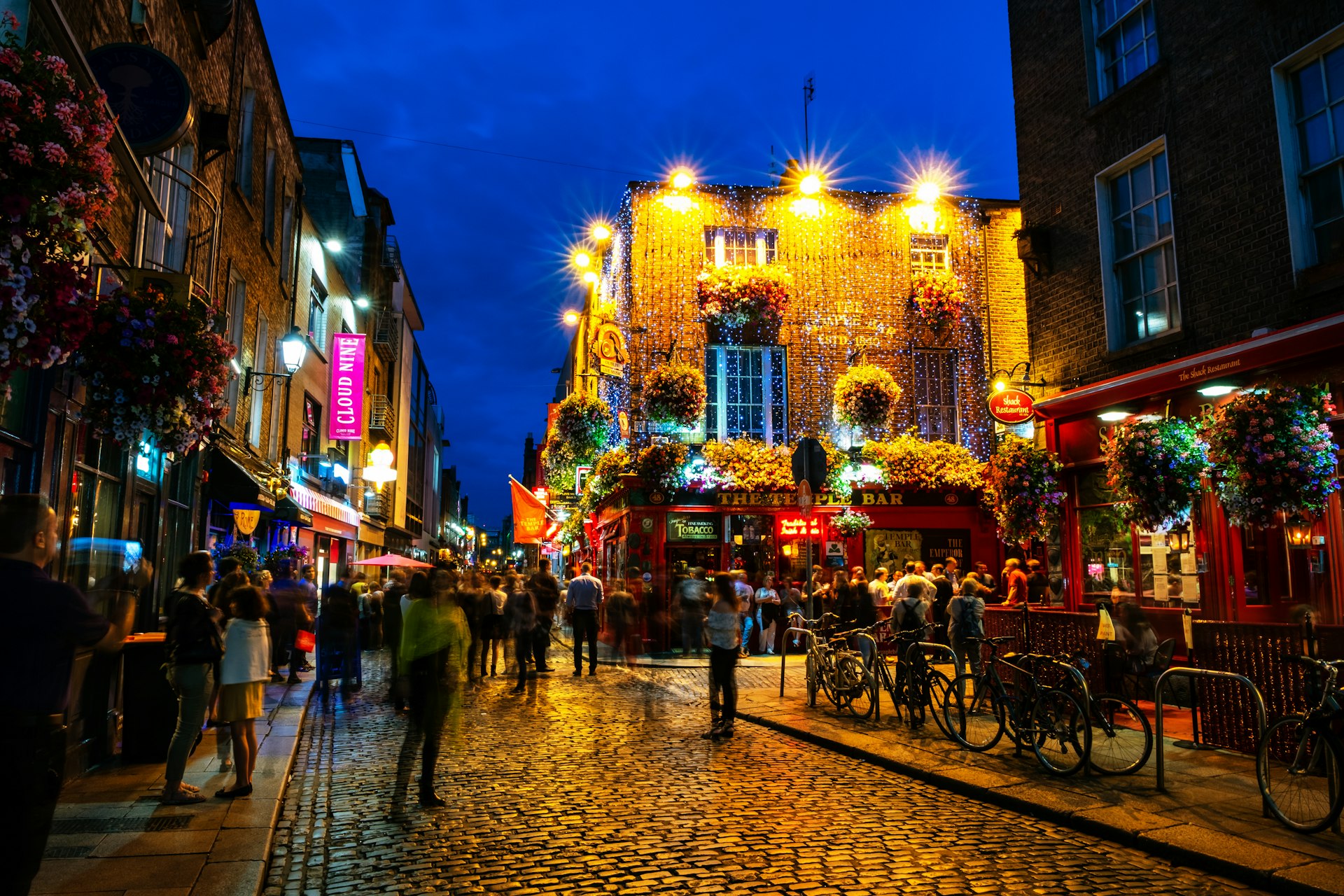
10. Dublin's nightlife is expensive
Dubliners love a good night out, but the city is a pretty expensive place to party in. The capital is notorious for the price of the pint of beer, which is higher than anywhere else in Ireland. As a result, many Dubliners will do pre-drinks at home before heading out, usually between 9 and 10pm.
Happy hour promotions are illegal in Ireland; expect to pay anything from €7–10 for a pint in the city center, but keep an eye out on pubs that sneakily raise the price of a pint later in the night, presumably when punters are too drunk to notice. It’s illegal to charge a price other than what is indicated; if it happens, your best reaction is to complain and leave.
Licensing laws are stricter in Dublin than almost any other European capital. Pubs can serve alcohol until 11:30pm Monday to Thursday, to 12:30am Friday and Saturday, and to 11pm on Sunday. Many premises apply for special exemption orders, which allows them to serve until 2:30am – usually from Thursday to Saturday nights. Nightclubs usually go until 3am, but in a lot of venues there’s barely a distinction between a huge pub that turns up the music really loudly and a dedicated club for dancing.
11. Learn to take a "slagging" among friends
Dubliners are, for the most part, an informal and easy-going lot who don't stand on excessive ceremony and generally prefer not to make too much fuss. That doesn't mean that they don't abide by certain rules, or that there isn't a preferred way of doing things in the city, though. But the transgressions of the unknowing are both forgiven and often enjoyed – the accidental faux pas is a great source of entertainment in a city that has made "slagging", or teasing, a veritable art form.
Indeed, slagging is a far more reliable indicator of the strength of friendship than virtually any kind of compliment: a fast, self-deprecating wit and an ability to take a joke in good spirits will win you plenty of friends. Mind you, even slagging has its hidden codes, and is only acceptable among friends: it wouldn't do at all to follow an introduction to someone by making fun of them!
12. LGBTIQ+ travelers are welcome in Dublin
Dublin has a pretty vibrant LGBTIQ+ scene, with some well-established bars and club nights as well as activities including hiking and sea swimming. The best-known gay bar in town is the George on South Great George’s St, followed by Pantibar , which is owned by renowned activist and drag queen Rory O’Neill, aka Panti Bliss. June’s Pride Festival is the second-biggest celebration in the city after St Patrick’s Day, a raucous festival of color and fun that runs over five days. August sees GAZE International LGBTQIA Film Festival , Ireland’s only dedicated film festival, while the International Gay Theatre Festival usually takes place in May.
13. Dublin is generally a safe city with good health care
Health and safety should not be an issue during a visit to Dublin. Pharmacies selling basic medication are easy to come by, and crime is not a major concern. Taking normal precautions (eg keeping an eye on belongings in crowds) should be sufficient. O'Connell St and the streets immediately around it can get a little shady after dark, so keep your wits about you.
Explore related stories
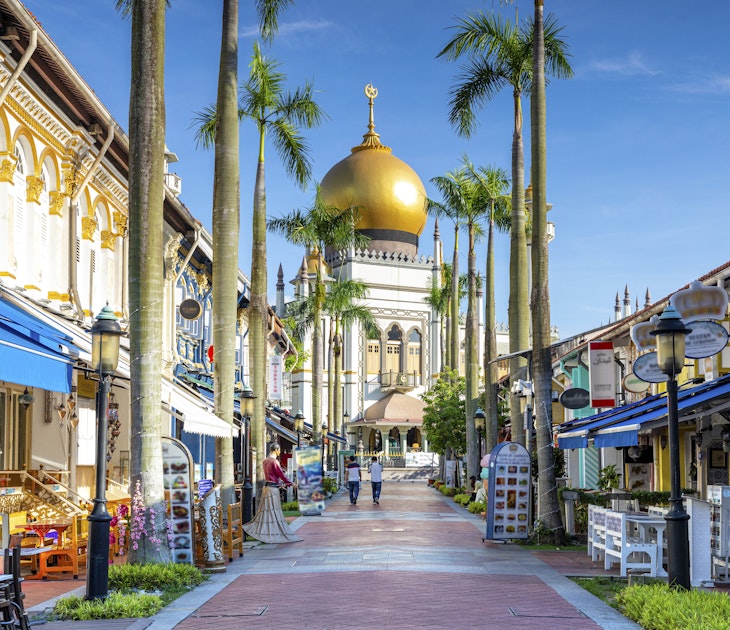
Tips & Advice
Apr 16, 2024 • 12 min read
Singapore's allure goes beyond its iconic hotels, manicured gardens and world-class airport – here are the best places to visit when you arrive.

Apr 16, 2024 • 8 min read

Apr 17, 2024 • 4 min read

Apr 16, 2024 • 6 min read

Apr 16, 2024 • 13 min read

Apr 16, 2024 • 5 min read

Apr 16, 2024 • 7 min read
Cookies on citizensinformation.ie
We use cookies to collect information about how you use citizensinformation.ie. This helps us to improve your experience. You can find out more about the cookies we use in our Cookie notice . You can also read our Privacy policy . You can accept all cookies or you can chose which cookies to accept or reject. You can change your cookie preferences at any time by using the My cookie preferences link at the bottom of each page.
Cookie preferences
Cookies used by google analytics.
We use Google Analytics to measure how you use the website so we can improve it. We have configured Google Analytics to anonymise your IP address so that you are not personally identified. We gather information on:
- How you got to the site
- The pages you visit on citizensinformation.ie, and how long you spend on each page
- What you click while you are visiting the site

Customs regulations for travellers to Ireland
Introduction, travelling to ireland from the eu, travelling to ireland from countries outside the eu, how to apply, where to apply.
Customs officers are allowed to carry out selective checks on all travellers at all points of entry to Ireland (air and sea). These checks ensure that you are not carrying prohibited or restricted goods and combat smuggling.
Returning to Ireland
If you are an Irish person living abroad and planning to move home, visit our Returning to Ireland section , where we have the practical information you need to start a life in Ireland again.
Cash controls
Ireland has no restriction on the amount of cash you can carry in or out of the country if you are travelling within the EU. There is also no requirement to declare the cash in these situations. However, under the Criminal Justice Act 1994 Section 38(1) as amended by the Proceeds of Crime (Amendment) Act 2005 Section 20 , if you are carrying at least €1,000 in cash, a customs officer can seize and detain the money. The customs officer must have reasonable grounds to believe that the cash is the proceeds of crime, or that it is to be used in criminal conduct.
Excise duties and VAT on goods
The sale of duty-free goods to those travelling within the EU was abolished in 1999. This means that you cannot buy goods that are free of excise duty and VAT if you are travelling within the EU. Any goods you buy within the EU ( except for food, drink, and tobacco products for on-board consumption) are subject to normal rates of excise duty and VAT. Duty-free sales are available if you are travelling to destinations outside the EU.
Goods bought in another EU country
You will not be charged any extra duty or VAT on purchases where the duty and VAT has been paid (for example, goods bought in shops and supermarkets) in another EU country, provided the goods are for your personal use.
If your purchases are within the limits set out below, they will usually be regarded as being for your personal use. If you exceed these quantities, you may have to demonstrate that the goods are for your personal use.
You are not entitled to alcohol or tobacco allowances if you are under 17 years old.
You should keep any receipts as proof that you have paid duty and VAT.
Bringing in meat or dairy products
Only products which have been produced in accordance with EU rules can be imported for personal consumption. As a guideline, quantities should not exceed 10 kg. Generally, the products are on sale to the public in the EU country of origin, are appropriately packaged and have an identifying EU health mark.
If you are entering or leaving the EU and carrying €10,000 or more in cash you must make a declaration to the Customs authority of the EU country you are entering or leaving. Under Regulation (EU) 2018/1672 you must lodge the declaration at the airport, seaport or land frontier that you are entering the EU, see ’How to apply’ below. If you are travelling to or from the Channel Islands or the Isle of Man you must also make a declaration.
Cash includes:
- Currency in the form of banknotes or coins
- Cheques, traveler cheques, promissory notes or money orders without a names beneficiary
- Gold coins with gold content of at least 90%
- Gold bars, gold nuggets or clumps with a gold content of at least 99.5%
You can read more about travelling with cash and how to declare it on the revenue website .
Unaccompanied cash
If you send or receive cash of €10,000 or more by post, freight or courier you may have to make a cash disclosure declaration. You read about unaccompanied cash on the revenue website .
You can bring the following goods into Ireland within the limits set out below, if you are travelling to Ireland from any country outside the EU (this includes the Canary Islands, the Channel Islands and Gibraltar).
The goods must have been bought either duty-free/tax-free or duty-paid/tax-paid outside the EU.
Your tobacco and intermediate product allowances are distributed on a fractional basis. For example, you can bring in ½ litre of spirits plus 1 litre of port or 100 cigarettes plus 50 cigarillos.
You are not entitled to alcohol or tobacco allowances if you are under 17.
People travelling together as a group cannot combine their individual allowances to buy goods.
You should keep any receipts as proof that you have paid duty and taxes.
It is an offence to import or carry on your person, controlled substances (drugs) when travelling to or from Ireland. Examples of controlled substances are cannabis, cocaine, heroin, and amphetamines. The Customs National Drugs Team has dog units located at airports and ferry ports. The drug detector dogs are trained to find cannabis, cocaine, heroin and amphetamines. There are various penalties for drugs offences .
You cannot import meat or dairy products for your personal consumption from almost all non-EU countries. Limited quantities of certain other products may be imported provided their country of origin is an EU-approved country. Further information is available on the Department of Agriculture, Food and the Marine website on animal products imports for personal consumption .
If you are coming to Ireland from a country outside the EU with €10,000 cash or more, you must present a completed cash declaration form (pdf) to the Customs at the airport or seaport when you enter Ireland. If you fail to submit a declaration your cash may be detained by Customs and you could be subject to penalties. There is further information about cash controls on the Revenue website .
You can find information on what goods you can bring with you for those travelling from the EU and for those travelling from outside the EU on the Revenue website. If you are in any doubt about the items you can or cannot import from within or outside the EU, you should contact the Customs Information Office.
Customs Information Office
New Custom House Promenade Road Dublin Ireland
Related documents
- Travelling from Ireland for healthcare in Europe Introduction to the options for Irish residents who wish to access healthcare in other countries in Europe. 1048.8976
- Visas for tourists visiting Ireland Information about coming to Ireland for a short stay (less than 90 days). 989.3408
- Educational arrangements for Travellers This document provides information on the arrangements in place for the education of Traveller children 974.76117
If you have a question about this topic you can contact the Citizens Information Phone Service on 0818 07 4000 (Monday to Friday, 9am to 8pm).
You can also contact your local Citizens Information Centre .
Manage cookie preferences

Condé Nast Traveler
The 19 Most Beautiful Places in Ireland, From Inconceivable Rock Formations to Medieval Architecture
Posted: November 17, 2023 | Last updated: April 2, 2024

It’s impossible to visit Ireland and not fall in love with it. The small but mighty country is home to friendly locals, historical landmarks, and charming cities—plus staggering natural beauty—that will have you planning your next trip before you’ve even finished your first.
To help you plan your next trip to the Emerald Isle, we’ve compiled a list of the most beautiful places in Ireland (including Northern Ireland). We included colorful small towns , under-the-radar islands, and obvious showstoppers like the Cliffs of Moher, as well as many other attractions to add to your itinerary.
Whether you decide to embark on a multi-week road trip or just visit the country’s greatest hits over a long weekend, be sure to visit at least a few of these stunning attractions—you (and your camera roll) will thank us later.
This gallery was originally published in 2016. It has been updated with new information.
Sign up to receive the latest news, expert tips, and inspiration on all things travel
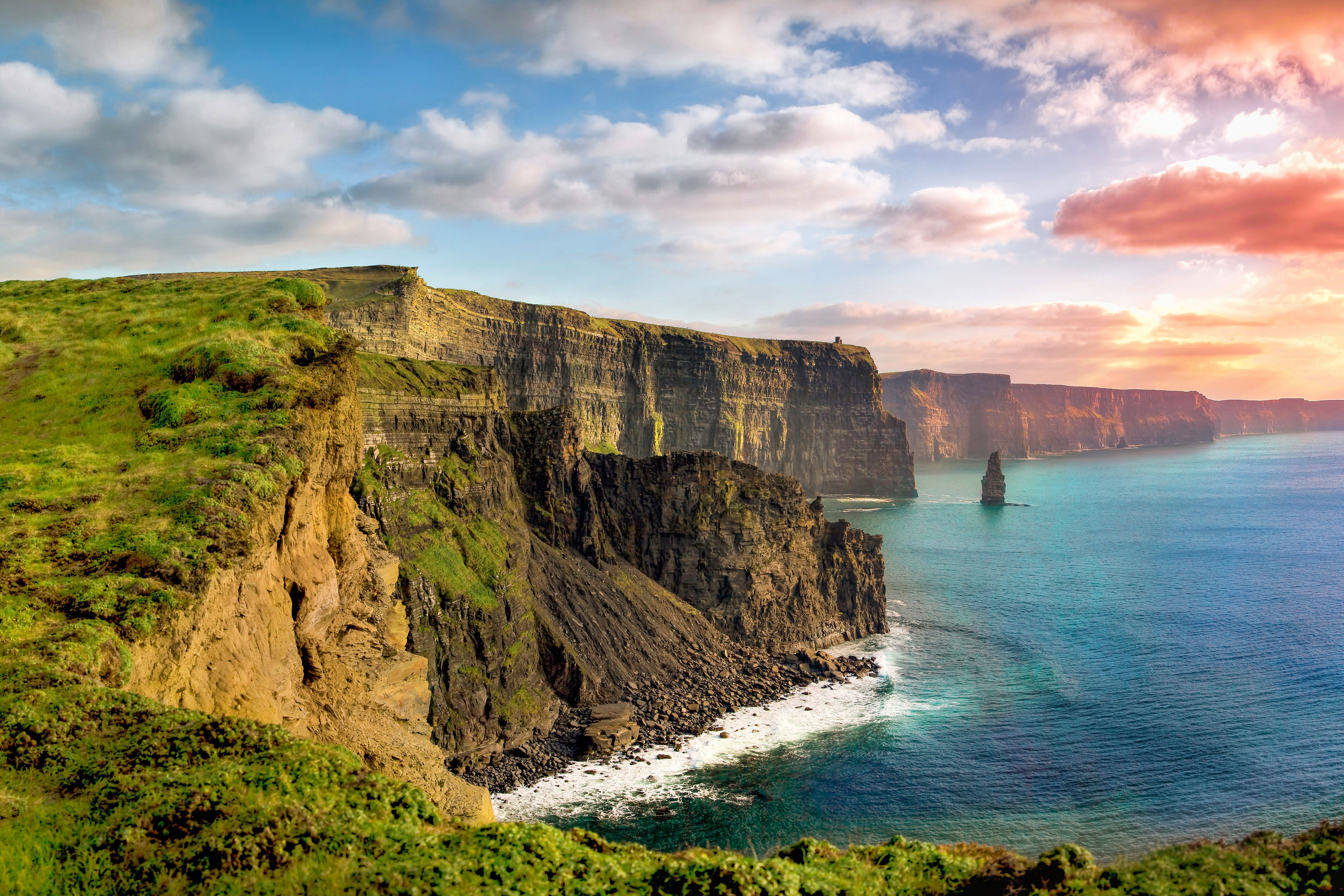
Cliffs of Moher
Location: County Clare
You might know them better as the Cliffs of Insanity from The Princess Bride, but this seaside wonder is actually located just south of Galway . Stretching for five miles along the Atlantic coast, the 400-foot-high cliffs offer one of Ireland’s, shall we say, most inconceivable views.

Trinity College
Location: County Dublin
Dublin ’s Trinity College—the oldest university in Ireland—has no shortage of beautiful buildings and green lawns, but the main attraction is the Old Library’s Long Room. The vast hall holds 200,000 books and 14 marble busts under its barrel-vaulted ceiling—with the intricately illustrated Book of Kells being the centerpiece of a bibliophilic dream .
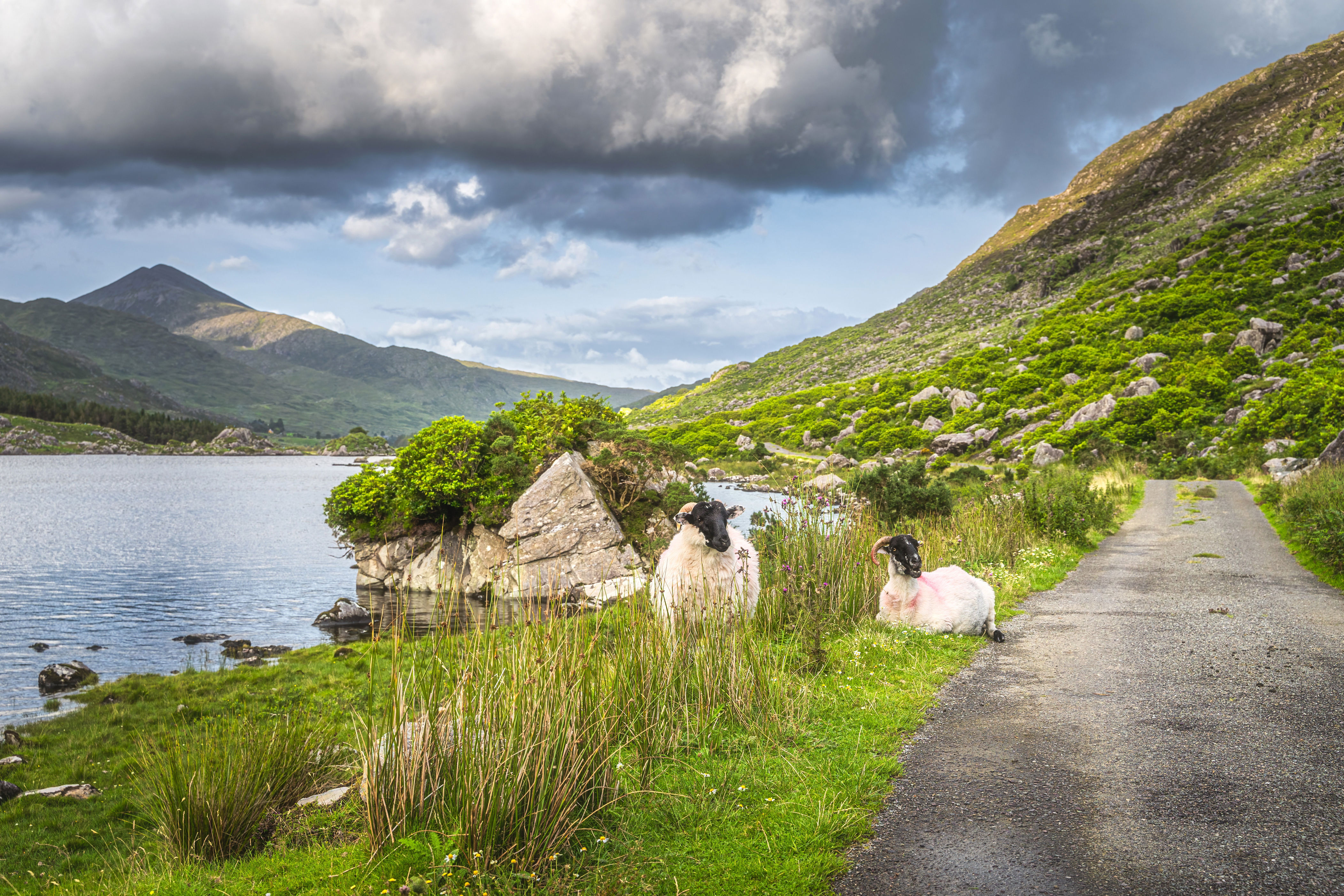
The Ring of Kerry
Location: County Kerry
The Ring of Kerry, a 111-mile-long drive that loops around the Iveragh Peninsula, is really like several dozen beautiful places packed into one: The route passes by Killarney National Park, Skellig Michael, and several more entries on this list. Driving ( or hiking ) the Ring of Kerry is a great activity for first-time visitors to Ireland, as it perfectly showcases the country’s green spaces and Atlantic coast.
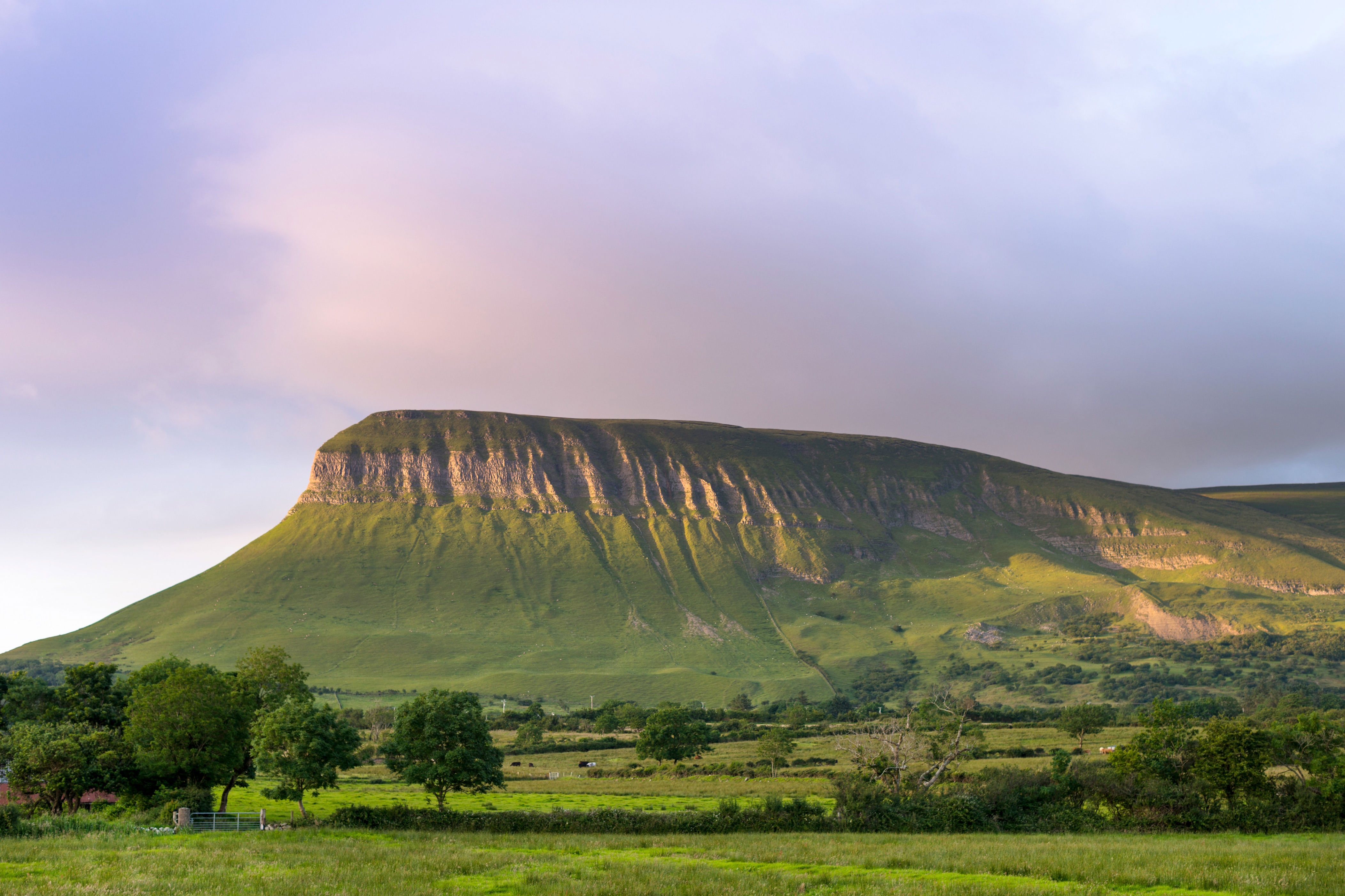
Benbulben Mountain
Location: County Sligo
Formed hundreds of millions of years ago, this limestone formation hovers over Sligo like something from a fantasy novel . Benbulben’s paved trails make it a popular destination for hikers and climbers, but the peak is perhaps best known for its literary associations. Irish poet W. B. Yeats drew inspiration from the mountain and its surrounding landscapes, most notably in his 1938 poem “Under Ben Bulben.”
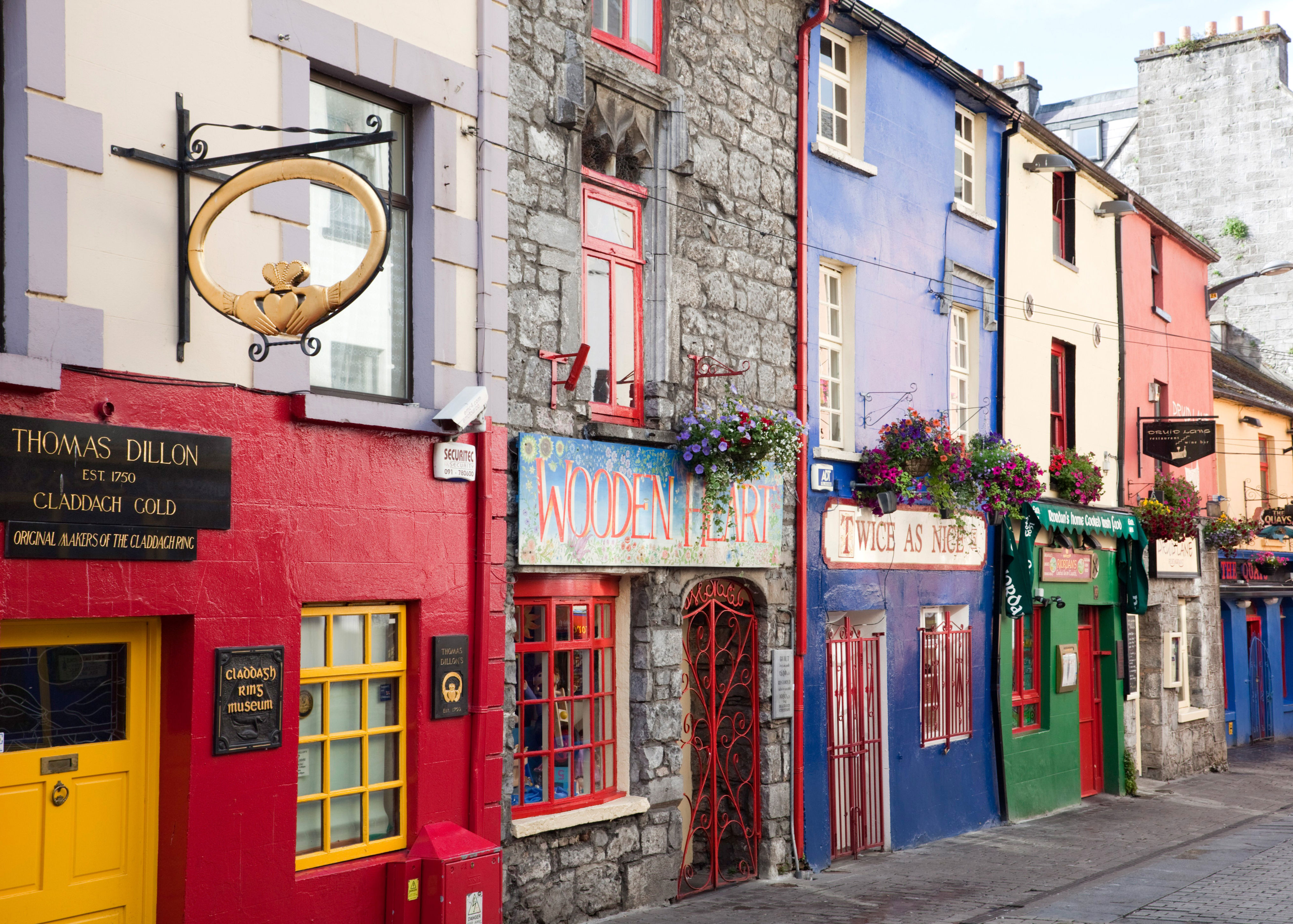
Location: County Galway
Galway is in a prime location on Ireland’s west coast, close to the Aran Islands and Connemara region. But the town itself is so charming, you might find yourself sticking close to the cobblestoned streets and ancient architecture for at least a day or two. During the day, make time to snap some photos of the Spanish Arch and the Claddagh, an area by Galway Bay where you’ll find rows of colorful buildings and swans floating by.
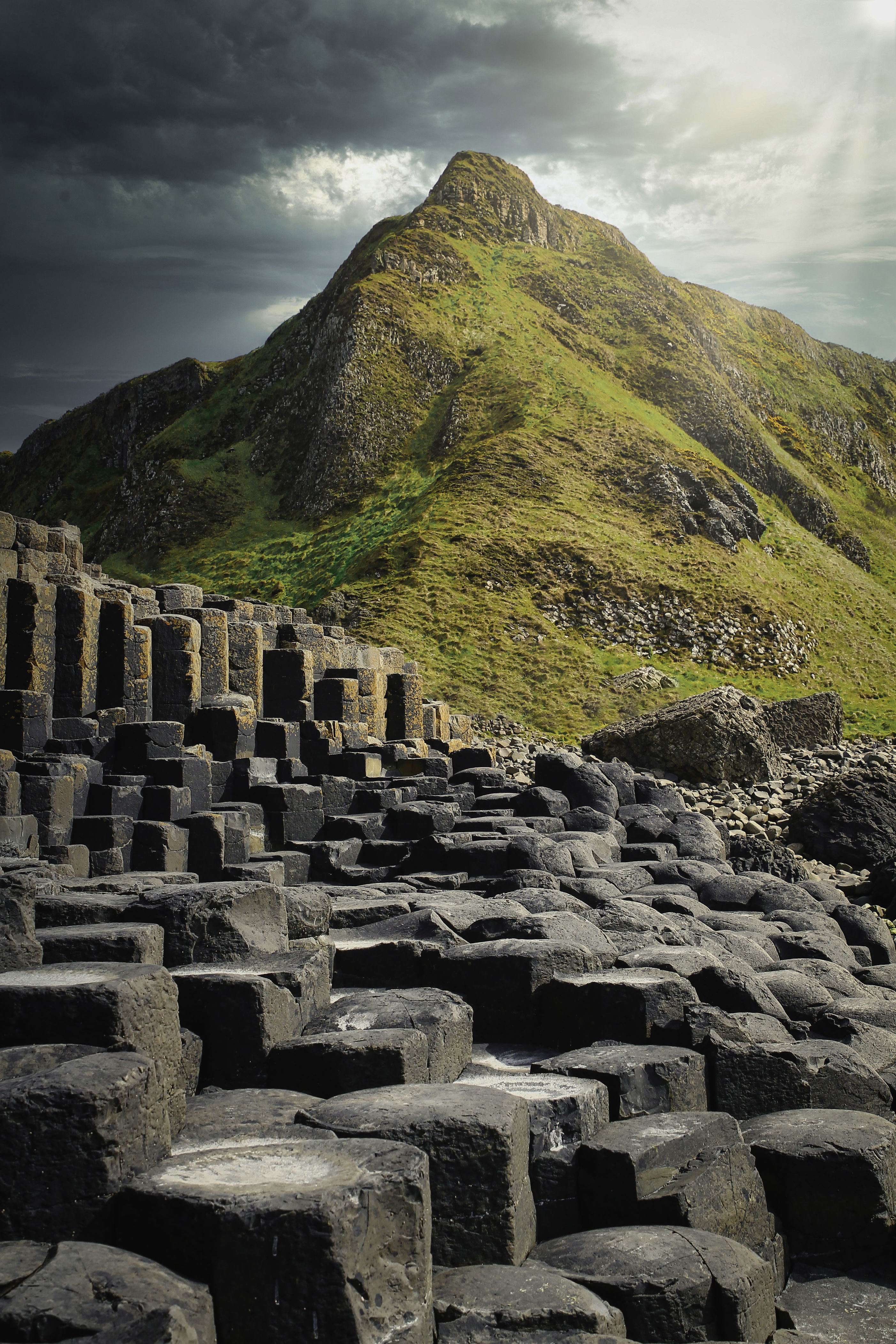
Giant’s Causeway
Location: County Antrim
Giant’s Causeway is a natural wonder worthy of its whimsical moniker. The UNESCO World Heritage Site is made up of 40,000 hexagonal basalt columns, which were formed by volcanic activity 40–50 million years ago. Local lore tells the story a bit differently: Allegedly, a giant named Finn McCool tossed parts of the Antrim coast into the sea to beat a hasty path to fight a giant Scottish interloper. No matter how they got there, the rocks fit together as perfectly as puzzle pieces.
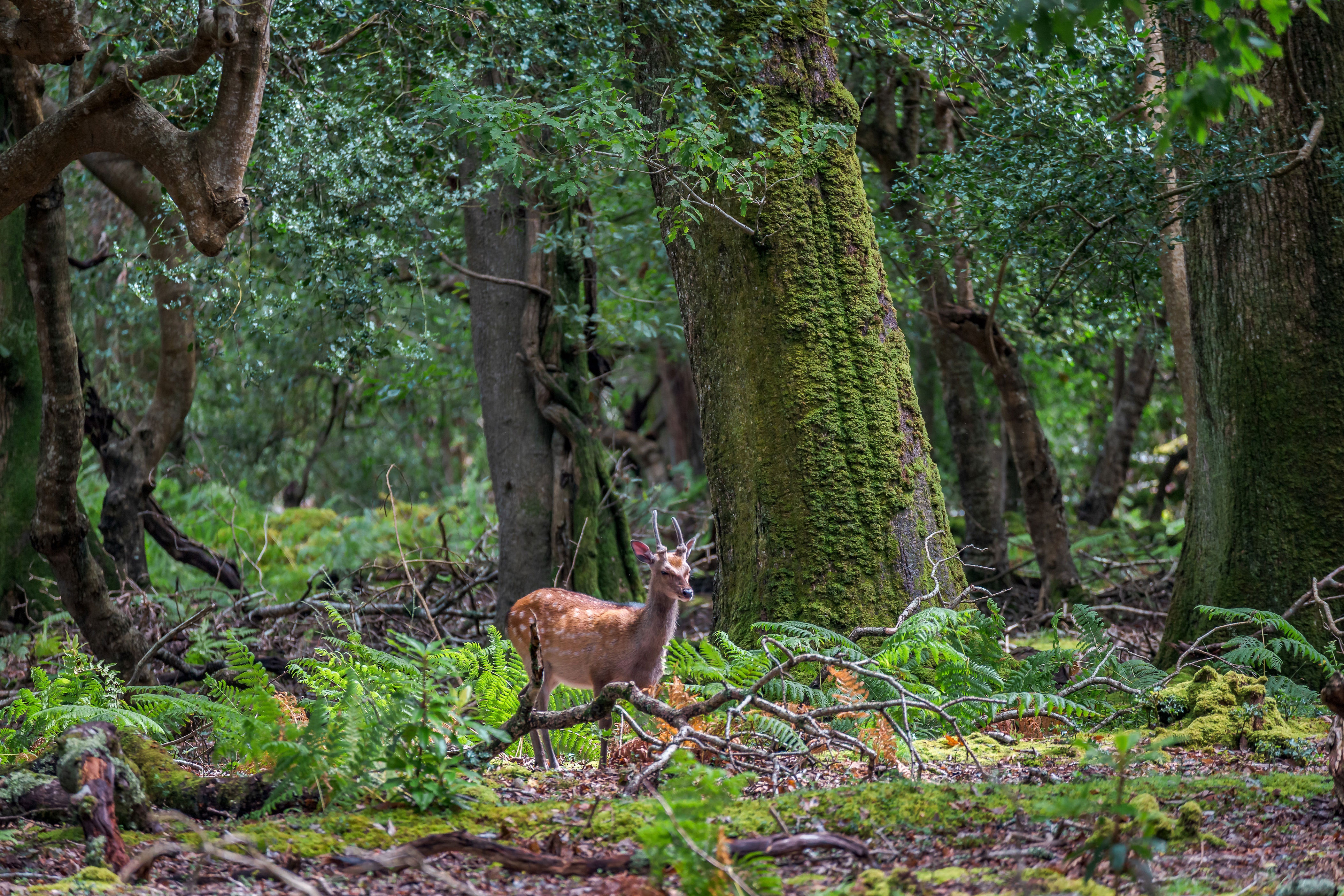
Killarney National Park
You could spend an entire day exploring the 41-square-mile Killarney National Park , from the towering Torc Waterfall to the 15th-century Ross Castle. One of the park’s greatest treasures is its population of wild red deer, which have lived in Ireland since the last Ice Age but now only survive in Killarney. Above all else, the park is most famous for its reflective lakes, which cover nearly a quarter of the entire reserve.
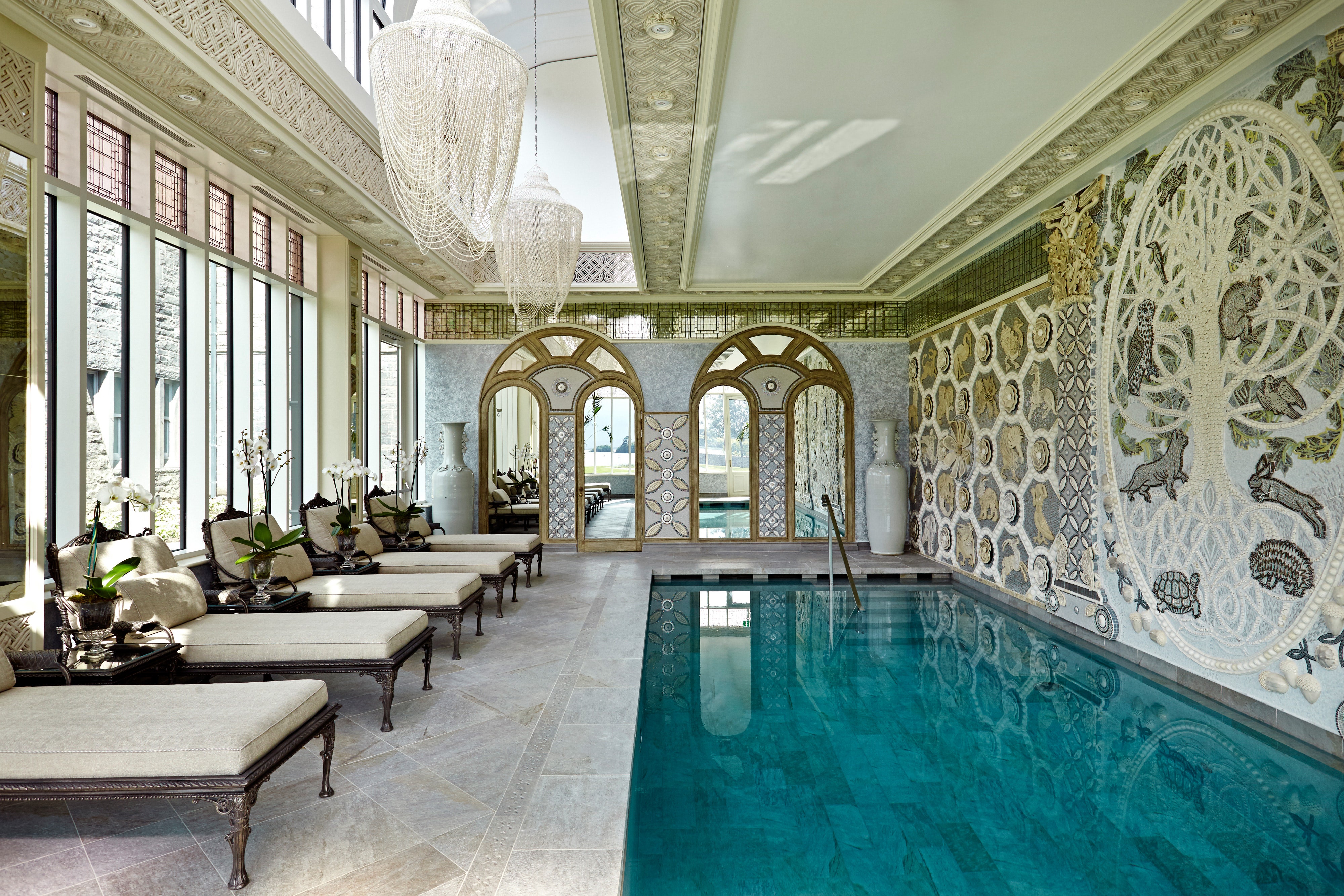
Ashford Castle
Location: County Mayo
Overlooking a lake in County Mayo, Ashford Castle has been around since 1228—but don’t go expecting an old-fashioned experience. The hotel underwent a $75 million renovation in 2015, which added a cinema, cigar room, billiard room, and wine cellars to the already luxurious 82-room property. The crown jewel of the property is probably the spa, which is located in a bronze former conservatory and features an indoor pool adorned with white and gold tiles.

Rock of Cashel
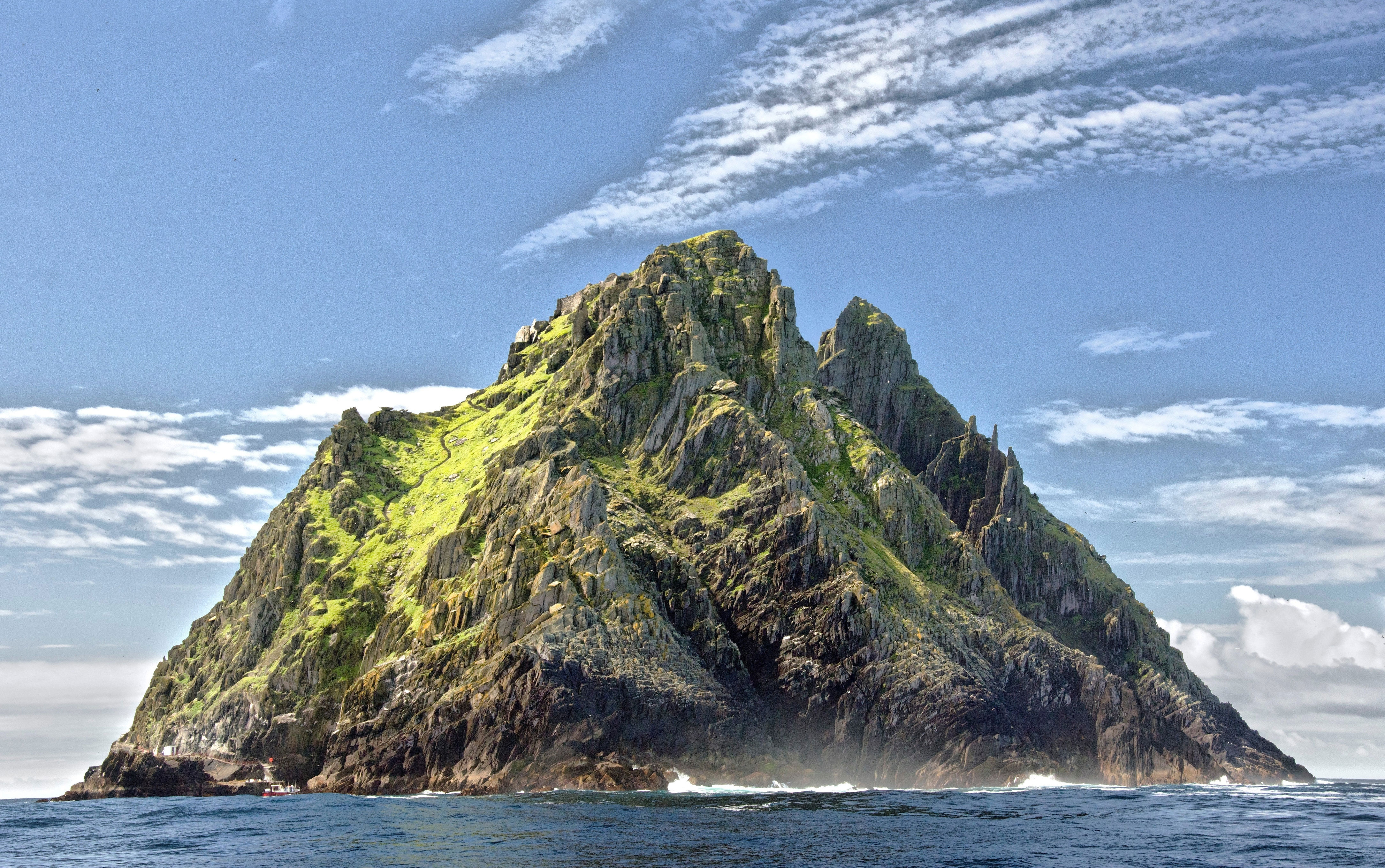
Skellig Michael
Although the boat ride out to Skellig Michael from the coast of County Kerry can be a rocky one, it’s well worth the effort. The craggy, emerald-green island houses the remains of a 6th-century monastery, which you can explore after ascending a chillingly steep 600-step climb. Who knows? Maybe you’ll find a brooding Luke Skywalker once you reach the top.
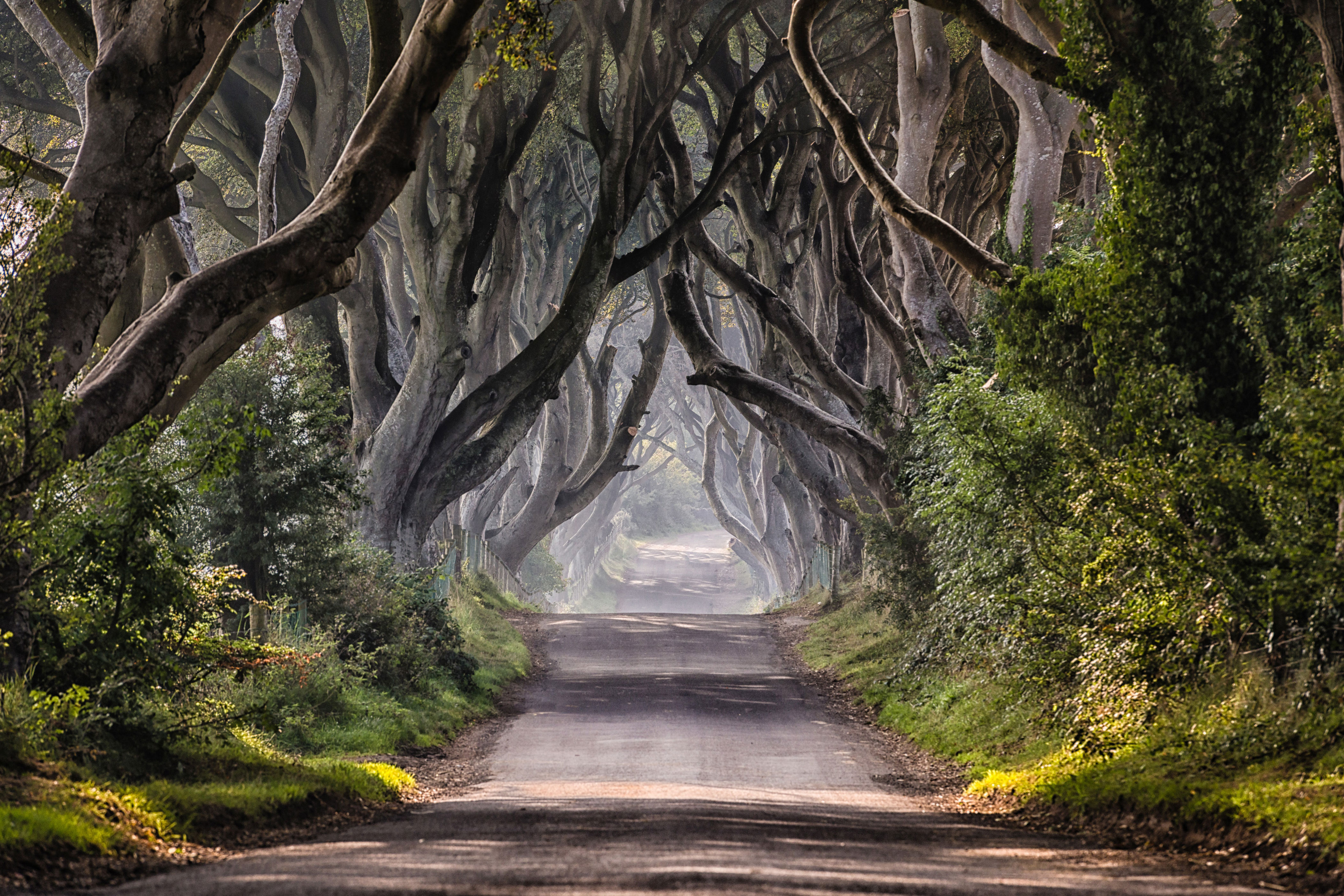
The Dark Hedges
This avenue of beech trees in Northern Ireland dates back to the 18th century—over time, the trees have grown and intertwined to create a natural tunnel-like canopy. The site is both eerie and beautiful, which is probably why it was famously chosen as a filming location for the first season of Game of Thrones .
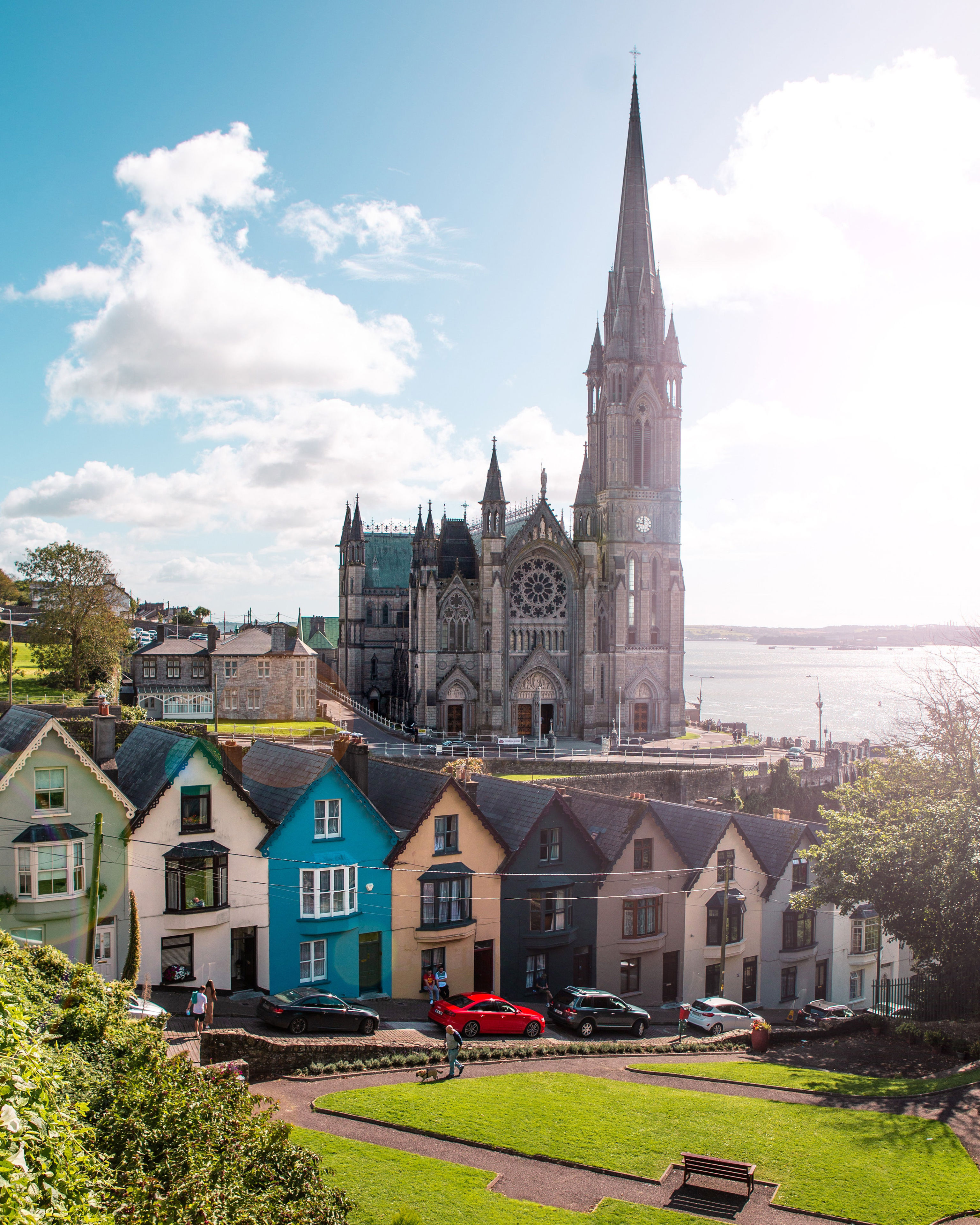
Location: County Cork
Cobh redefines charming with its rows of candy-colored homes along the water and towering cathedral standing sentry over the harbor. This small town is particularly popular with cruise-lovers—about 60 ships stop there every year. In fact, Cobh was the final port of call for the RMS Titanic, and a commemorative museum stands in the city today.

Kylemore Abbey
Mountains and valleys, lakes and streams, all combine to make Connemara one of the loveliest regions in Ireland. See Kylemore Abbey in the heart of the Connemara mountains for proof. This impressive structure was built in 1868 as one of the great neo-Gothic castles of the period. It is now a Benedictine abbey run by nuns, and the church and gardens have been completely restored.
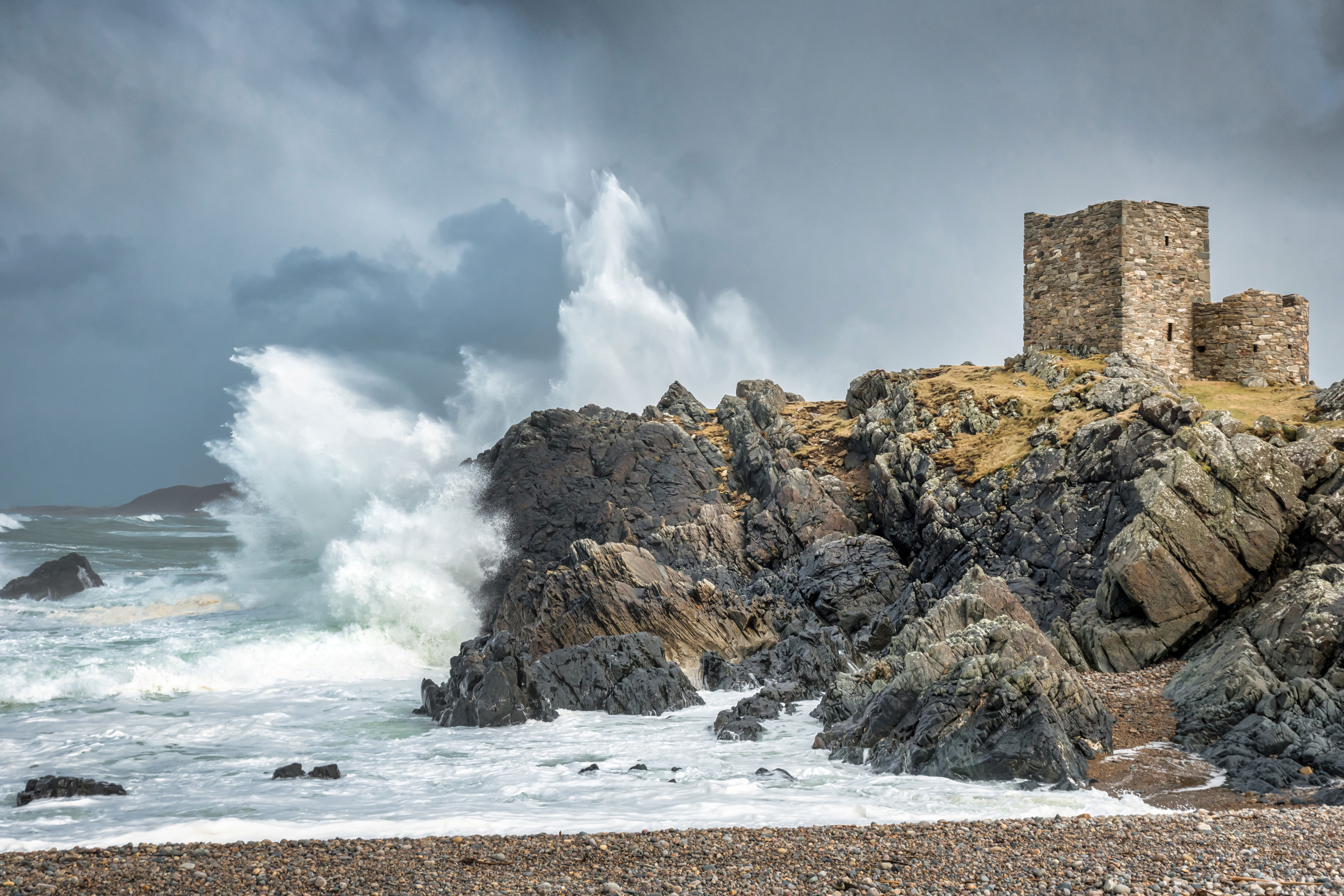
Location: County Donegal
Inishowen is Ireland’s largest peninsula, occupying over 218,500 acres off the northern coast of the country. Due to its location, the peninsula is the best place in the country to view the Northern Lights; head to places like Dunree or Malin Head (the most northerly tip of Ireland) between November and February for increased visibility. Even if you don’t have luck spotting the aurora borealis, Inishowen’s unspoiled landscapes are fantastic road trip material—it is the last (or first) stop on the Wild Atlantic Way , after all.
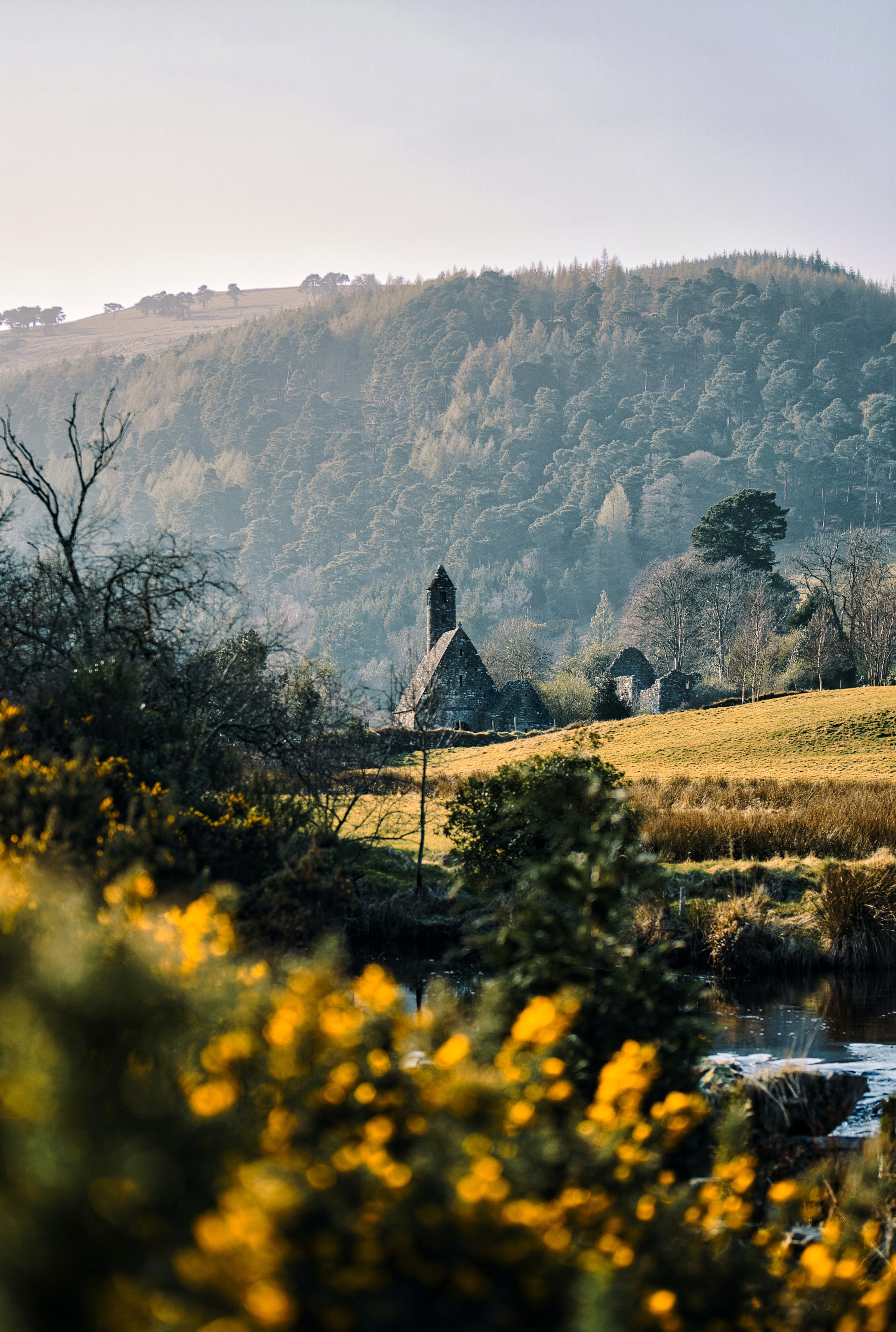
Glendalough
Location: County Wicklow
Glendalough is a 6th-century monastery and popular Catholic pilgrimage destination, as the settlement was founded by Saint Kevin (aka Kevin of Glendalough). Religious significance aside, travelers will enjoy the valley for its well-preserved ruins, green countryside, and beautiful lakes .
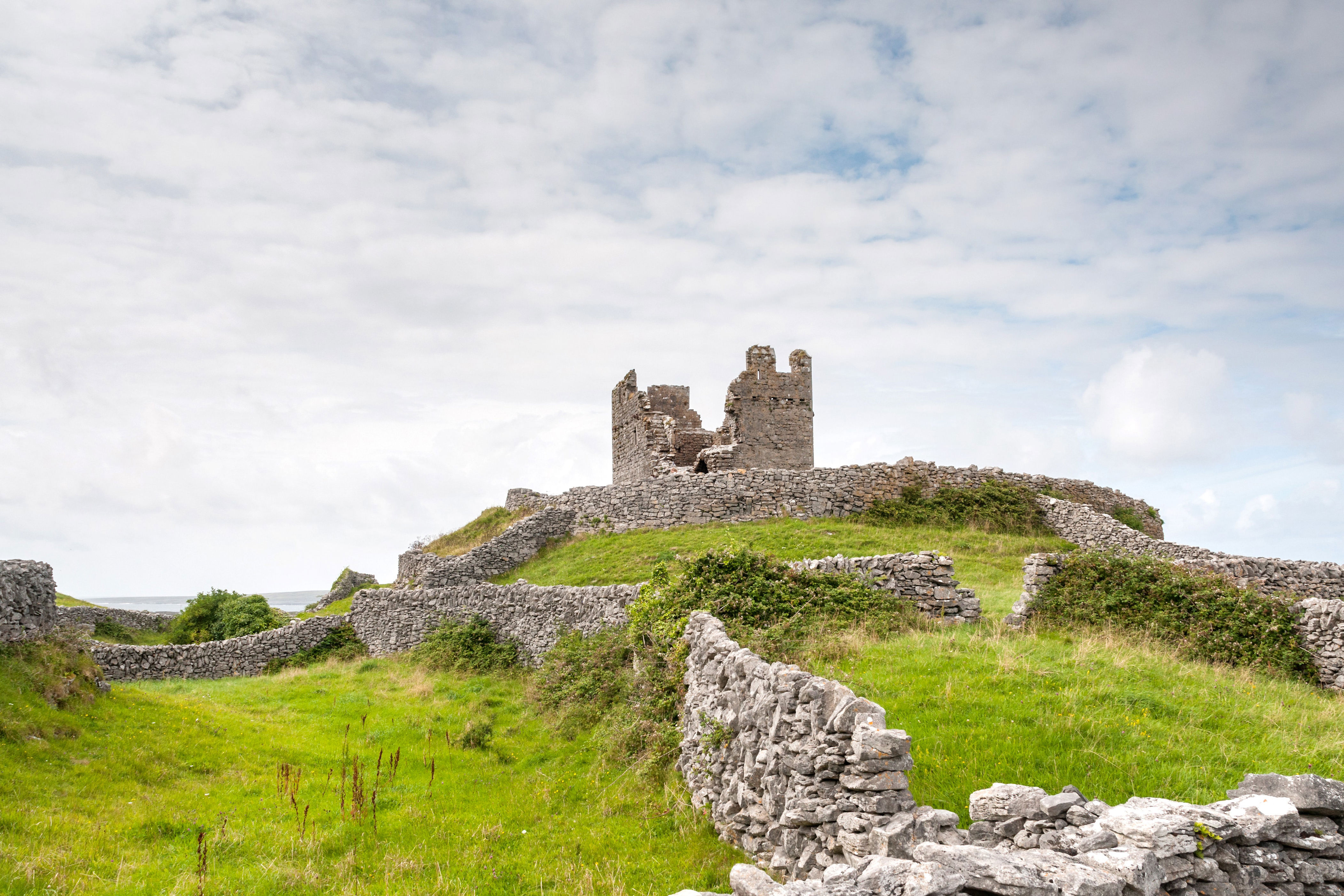
Aran Islands
The Aran Islands consist of three windswept isles—Inishmore, Inishmaan, and Inisheer—off the west coast of Ireland. All three locations have a rugged, bleak beauty, but we might have to pick Inishmore as our favorite—it’s here you’ll find the 2,000-year-old ruins of Dún Aenghus, a Celtic fortress clinging to a cliff top as if declaring this to be the actual edge of the world.
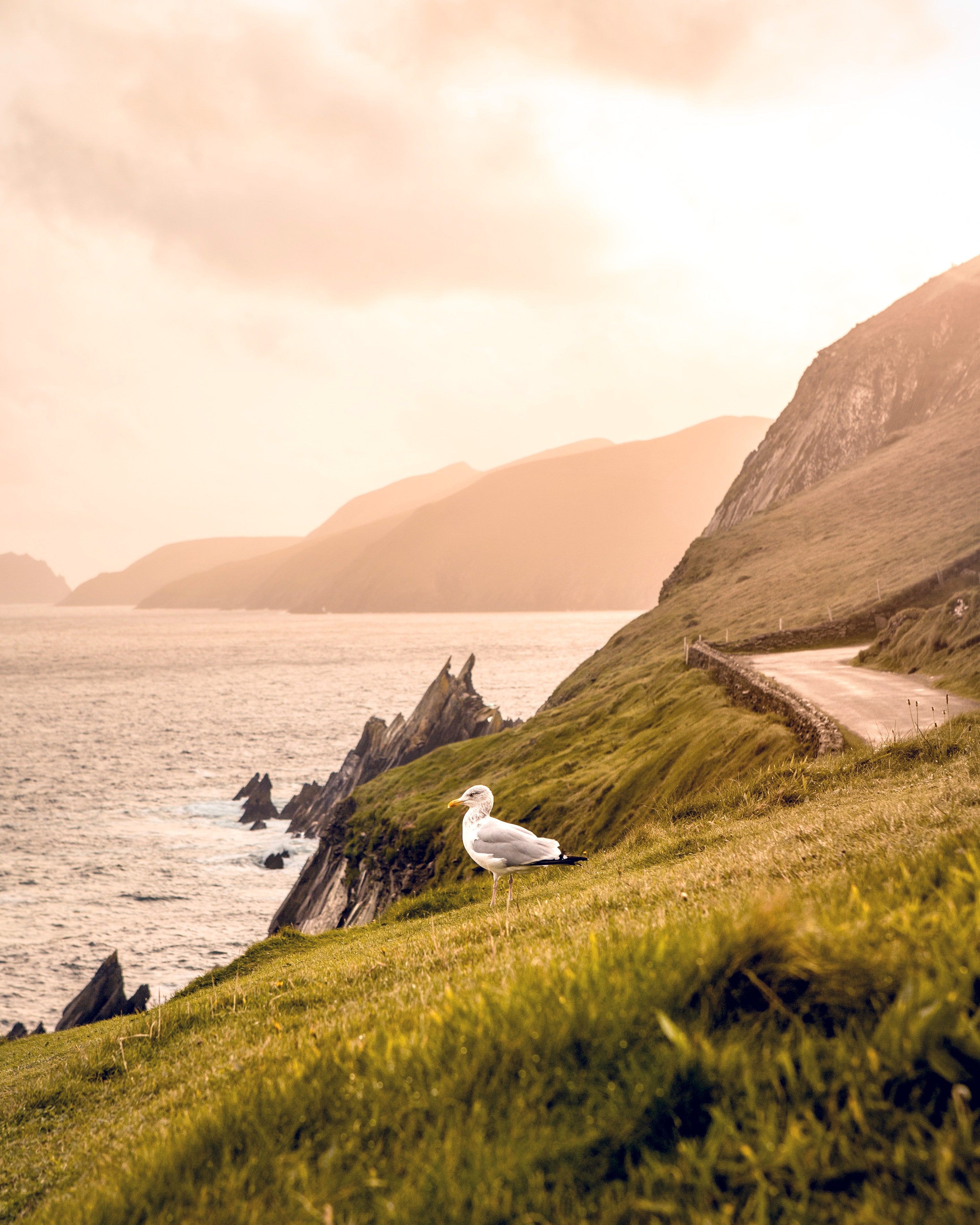
Dingle Peninsula
Pointing into the Atlantic Ocean like a finger, the Dingle Peninsula is an incredible stretch of natural beauty: seaside cliffs , sheep-strewn fields, and Crayola-green hills. A short ferry ride away are the Blasket Islands, which once hosted a thriving community of Irish writers, but were abandoned in the 1950s after young residents emigrated en masse. Today, the on-site heritage museum—and remote, empty landscapes—are lovely yet somber reminders of a community lost.
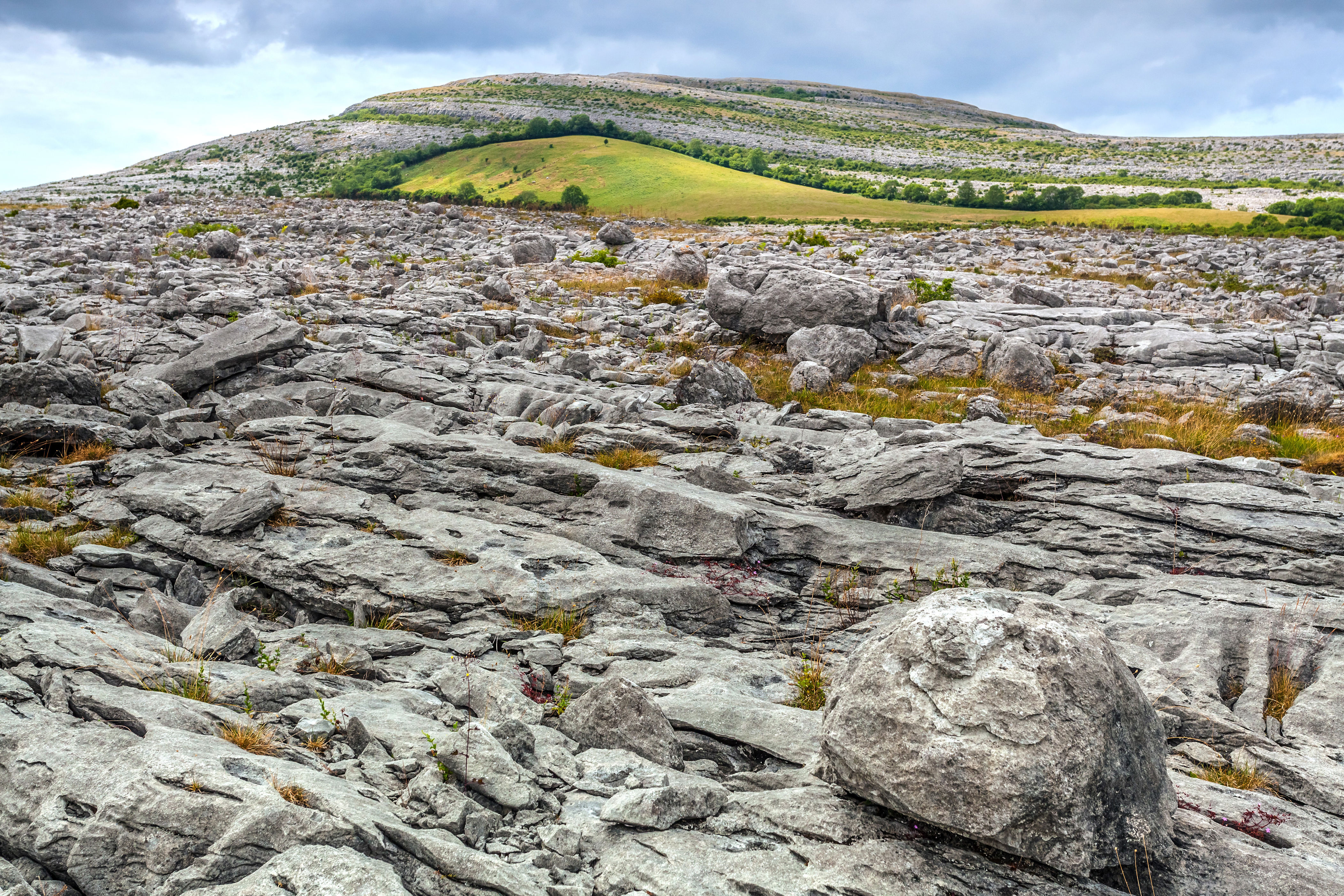
The Burren (Irish for “great rock”) is not only unearthly and ethereal—it’s a geological rarity. The 150-square-mile area consists of thick layers of limestone dotted with a unique variety of flowers , ranging from arctic wildflowers to 25 different species of orchids. Visit in May to see most of the flora in full bloom.
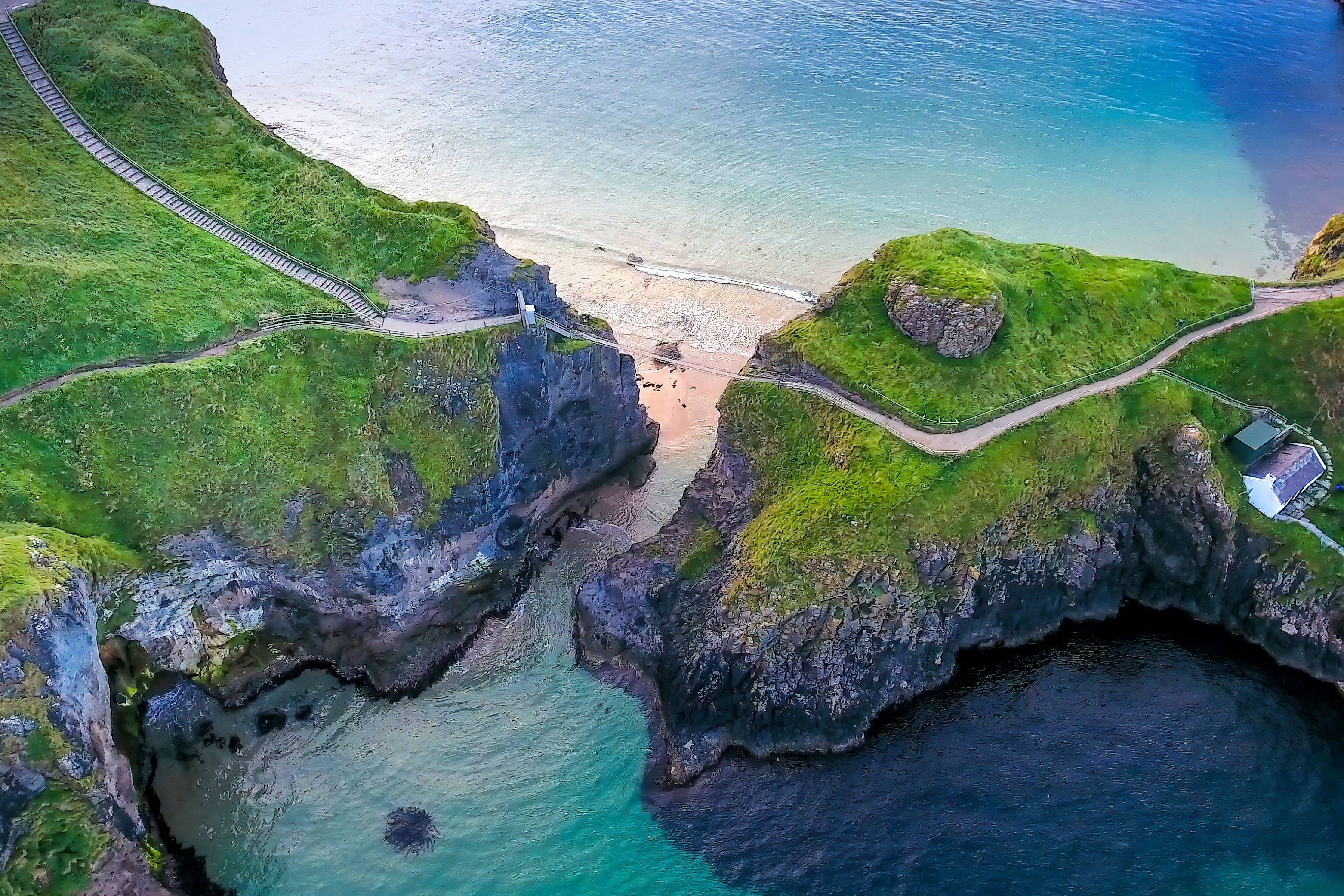
Carrick-a-Rede
Suspended almost 100 feet above sea level, the Carrick-a-Rede Rope Bridge was first built by salmon fishermen over 200 years ago. Although the last fish was caught here in 2002, somewhere around a quarter of a million visitors cross the bridge for both thrills and scenery. Tourists walking the 66-foot path are rewarded with views of Rathlin Island, Scotland , and the Irish Sea. A lucky few might even spot some sharks and porpoises below in the water...if they dare to look down.
More for You
Caitlin Clark’s rookie salary with WNBA sparks outrage
I Lost White Friends When I Finally Spoke Out
Therapists Say These 6 Common Habits Are Fueling Your Anxiety
Researchers find concerning contaminant within human eyes: 'Shedding light on their potential implications'
U.S. women’s track Olympians say photo was shocking but uniform isn’t
35 People with Higher IQs Than Einstein
How to Get Rid of Ants in Your House and Yard
US Navy warships shot down Iranian missiles with a weapon they've never used in combat before
I Overcame My Alcohol Addiction by Learning Two Lessons
Ford Will Reportedly Pay Dealers $15,000 Per Mustang GTD Sold
Woman with rare syndrome left allergic to ‘everything’ except just four foods
Major Shoe Brand Files for Bankruptcy
What Not to Plant with Tomatoes: 10 Companions to Avoid
Ohio GOP leaders reject Democrats' plan to get President Joe Biden on November ballot
Things You May Be Doing Due To High-Functioning Anxiety
The True Cost of the Churchgoing Bust
Your Blood Type Affects Your Risk of Early Stroke, Scientists Discover
Drugs that aren't antibiotics can also kill bacteria. A new method pinpoints how
Zack Snyder Unveils Details of Scrapped Wonder Woman 1854 Plot
Haney Two-Hands Garcia Atop Empire State Building
The best places to visit around Ireland on a daytrip
If you’re planning to go daytripping, where should you venture fionn davenport offers some suggestions.
Glendalough is one of the country’s most significant and beautifully located monastic sites. Photograph: Chris Hill
:quality(70)/s3.amazonaws.com/arc-authors/irishtimes/80e38fc2-9ee7-4526-a530-cc112c6721b9.png)
Whatever you think of the name, the concept of “daycations” is pretty straightforward: take a day to explore the region around where you live and then return to sleep in your own bed at night. It’s the chance to break up a regular routine, plus it’s a great way of engaging in a little tourism without spending a fortune on accommodation, usually the heftiest expense of any holiday.
And in Ireland, where tourist accommodation is squeezed by seasonality and availability – in the last couple of years, up to a third of all hotel beds have been tied up in public contracts – that can mean significant savings.
The idea is simple: be a tourist in your own area. Take a visit to a nearby attraction, or maybe explore some ruins. Go for a hike in the mountains, or kayak on a nearby lake. Everyone’s version of the ideal day out is different and can change depending on the season and the weather.
Here are some ideas on where to explore from the base of a number of Ireland’s largest populated areas – Dublin, Cork, Limerick and Galway.
‘I wouldn’t wish it on anyone’: What to know and do about shingles
:quality(70)/cloudfront-eu-central-1.images.arcpublishing.com/irishtimes/2TSWIMHAHBH47J2OVTLQXIYBDM.jpg)
The rationale for moving from Dublin to commuter counties has never been stronger
:quality(70)/cloudfront-eu-central-1.images.arcpublishing.com/irishtimes/Z24OFKJZMNCLHAOZCE47NNZ7QM.jpg)
Michael Palin on the loss of his wife of 57 years: ‘you feel you’ll never have a friend as close as that’
:quality(70):focal(1571x783:1581x793)/cloudfront-eu-central-1.images.arcpublishing.com/irishtimes/EJ4ZTMWKI36PETUQ62ZC7JRPF4.jpg)
Have you ever visited Marsh’s Library in Dublin?
Of course, you could devote plenty of days to exploring without leaving the city centre: when was the last time you went to the Natural History Museum, for example? Have you ever visited Marsh’s Library or the Casino at Marino? And while we all know it’s there, have you ever actually been to the Guinness Storehouse? But there’s a lot to explore within a couple of hours’ drive of O’Connell Street – including some genuine surprises.
Brú na Bóinne, just west of Drogheda, is one of the most known neolithic sites in the world, a Unesco world Heritage attraction that draws hundreds of thousands of yearly visitors. If you have never been, you should go.
But if you like your neolithic sites without the crowds, there’s the cairns at Loughcrew , 50km to the west, near Oldcastle along the R154. Of the 32 tombs here, Cairn T is the most accessible, a 15-minute walk up the hill from the car park. Although it mightn’t seem as impressive as Newgrange, the passageway is illuminated during the spring and autumn equinoxes, and the passageway is visible when Heritage Ireland guides are present; otherwise, the key to the gate is available from the cafe at Loughcrew Gardens.
If you like your neolithic sites without the crowds, there’s the cairns at Loughcrew
Glendalough is one of the country’s most significant and beautifully located monastic sites, but it does get busy. A far less visited alternative is the Fore Valley in Co Westmeath, about 5km east of Castlepollard near the shores of Lough Lene. There’s nary a visitor here, but the setting for the ruins of St Féchín’s 7th century monastic village is stunning: a cluster of ruins huddled at the base of a beautiful valley, that is looped by a 3km walking trail. If you do visit, be sure to pick up a guide map at the Fore Abbey Coffee Shop, which will also explain the “seven wonders” of the valley – the monastery in the bog, the water that flows uphill, the tree that won’t burn, the water that won’t boil, the anchorite in a stone, the mill without a race, and the lintel raised by the prayers of St Fechin. And even if you don’t believe, it’s a beautiful place to linger.
The particularly arresting artwork in Spike Island by inmates is on display upstairs in the punishment block
Corkonians are spoilt for choice when it comes to things to do beyond the city limits. The train ride to Fota Island, for instance, is one of the most scenic in the country, as you chug past marshy Harper’s Island and over the bridges on Lough Mahon and the Slatty Water.
Fota has plenty to keep you entertained for the day with the wildlife park and, just by the tiger enclosure, Fota House , which can be visited by guided tour. Even if you don’t step inside, take time to walk around the gorgeous arboretum.
While it may lack the high-tech razzmatazz of its sister museum in Belfast, the visit to the old White Star Line building is a stirring one
Although most Corkonians are well familiar with Cobh, how many have set foot inside the excellent Titanic Experience ? While it may lack the high-tech razzmatazz of its sister museum in Belfast, the visit to the old White Star Line building (the last port of call before setting out into the North Atlantic) is a stirring one: when you enter you’re given a ticket with a real passenger’s name on it; you then go through the exhibits and find out at the end if they survived or not. Further along the seafront is the dock for Spike Island , whose 1300-year history is told in compelling detail; particularly arresting is the artwork by inmates upstairs in the punishment block.
Cork has no shortage of terrific hikes, including the wonderful cliff walk that starts at Knockadoon Pier, 45km east of the city on a headland looking out over Capel Island. The 7km-long looped cliff walk is stunning, taking you along the coastline past the old signal tower (which dates from 1803) and back to the pier, which is a popular spot for a swim. About 500 metres offshore, Capel Island is an uninhabited bird sanctuary; you’d need permission from Birdwatch Ireland to visit.
King John’s Castle has stood on the banks of the Shannon for 800 years, but when was the last time you went inside? Photograph: Eye Ubiquitous/Universal Images Group via Getty Images
There’s a lot to see in Limerick these days, from the relatively new to the very old. The wonderful International Rugby Experience opened in 2023 and tells the story of the sport as well as providing a chance to test your kicking skills. King John’s Castle has stood on the banks of the Shannon for 800 years, but when was the last time you went inside? If it’s been a while, you might enjoy the primer on Irish history (there’s a lot of gore) and the chance to try some medieval games in the courtyard, like a proper game of hopscotch.
What about experiencing Limerick from the water? Nev Sail has kayaking tours that start just behind the Hunt Museum and take you up and down the river, under the bridges and up close to the sturdy walls of the castle.
If you’re looking for more watery adventures outside the city, head north to Killaloe, where Cillian O’Mara and Keith Drayton’s My Next Adventure has a range of kayaking tours: the Brian Ború Experience is a two-hour trip through 1000 years of history (and 13 of Killaloe’s stone bridges) as far up as Lough Derg. The Full Moon Kayaking takes you right out into the middle of Lough Derg at sunset before returning to Killaloe.
For an even more active day out, the Ballyhoura Mountain Bike Trails are, at 98km, the largest of its kind in Ireland, weaving in and out of thick forest and gorgeous mountain views – and they’re only a 45km drive south of the city, just beyond Kilmallock. There are five loops of varying length and difficulty, from gentle, family-friendly slopes to rugged speed tracks designed to challenge the most intrepid riders (you might even catch world champion rider and local lad Oisin O’Callaghan going for a spin). If you don’t have a bike, you can rent everything – including helmets and protective pads – from the Ballyhoura Mountain Bike Centre at the base of the mountain. If you prefer to do your wandering on two feet, the waymarked Ballyhoura Way wends its way through 90km of forest trail, field paths, moorland and tarmac road.
Outside of Galway city, a journey around Lough Corrib is a fantastic day trip option
With Connemara, the Aran Islands and the Burren on its doorstep, Galwegians have no shortage of day trip options from the City of the Tribes. But even within the city there are some interesting ways to discover, not least with a tour that takes full advantage of Galway’s reputation as a capital of fine food.
Galway Food Tours is a local outfit that operates a range of food tours where you get to sample lots of different local produce, from sushi to chocolate. Day tours start outside McCambridge’s on Shop Street include six food and drink stops and you finish in the Soul Garden at the back of Massimo’s in the West End (where you bid farewell with a goody bag). They also offer whiskey and craft beer tours as well as a food and cycling tour that uses e-bikes.
Outside of the city, a journey around Lough Corrib is a fantastic day trip option. Just before you get to Oughterard, Aughnanure Castle was once home to the “fighting O’Flaherty’s”; these days the six-storey tower house on a rocky outcrop overlooking the lake is open to visitors. If you fancy getting out on to the lake, Corrib Cruises has twice-weekly summer sailings from Oughterard that take you out to explore the monastic ruins of Inchagoill, the largest island on the lake.
The bridge at Maam, Connemara, Co Galway, used in the 1952 film The Quiet Man. Photograph: iStock
Just beyond Oughterard is the Quiet Man bridge, the idea of which has raised collective eyebrows since the 1950s film starring John Wayne and Maureen O’Hara became part of the Irish-American cultural lexicon, but there’s no denying that it’s an absolutely gorgeous spot. In Cong, there’s the Quiet Man Museum (strictly for the hard-core fans) but far more interesting is the 3km forest loop walk that brings you to Leonard’s Tower, aka the Guinness Tower, on the grounds of Ashford Castle. Climb the 85 steps to the top for views and a decent leg workout. One final stop, on the eastern side of the lake, are at the ruins of Ross Errilly Friary, just beyond Glencorrib, the most complete Franciscan monastic ruins in the country. From here, it’s 27km back to Galway City along the N84.
IN THIS SECTION
Soaking up the mersey beat on a trip to liverpool, where music seeps from every corner, no evidence of price gouging by dublin hotels during big events, report finds, destination on your doorstep: kayaking close to home offers all the adventure you need, dublin to wexford rail services: could ending direct rail services leave commuters better off, ‘i am 39 and feel like i have not managed to make much of my life’, new long-life electric car battery with 1.5m-kilometre warranty could spell end of longevity concerns, barrister investigating an bord pleanála asks witnesses to destroy copies of draft report, horse trainer turned to crime to feed drug habit after losing job and accommodation during covid, court hears, drug dealer spent €430,000 renovating dublin home now being sold by criminal assets bureau, latest stories, ryanair says boeing moving to accelerate jet deliveries.
:quality(70)/cloudfront-eu-central-1.images.arcpublishing.com/irishtimes/AN6JWO7UJ6R2KMP53XHUOX2TLM.jpg)
Stardust inquests: Jury verdicts to be delivered on Thursday afternoon
:quality(70)/cloudfront-eu-central-1.images.arcpublishing.com/irishtimes/LY5HCHJMJZEOVCPQ6XPZWDERGQ.jpg)
Report suggests suspending tax veto to tackle EU market ‘distortion’
:quality(70)/cloudfront-eu-central-1.images.arcpublishing.com/irishtimes/F5FDWMXJ4ZHUD7JXHBKP2FUPOQ.jpg)
Firms urged to engage with Revenue over €1.7bn in warehoused tax debts
:quality(70):focal(1777x1384:1787x1394)/cloudfront-eu-central-1.images.arcpublishing.com/irishtimes/WINERJRAAZYWY3M5K3FDXCA6PQ.jpg)
Different challenges and uncertain futures for Poland and Germany
:quality(70)/cloudfront-eu-central-1.images.arcpublishing.com/irishtimes/WD3PYZGKTMTA7WSAH5F2GF5NGU.jpg)
Aer Lingus says new aircraft set to be delayed after pay talks breakdown
:quality(70)/cloudfront-eu-central-1.images.arcpublishing.com/irishtimes/WWHOTAX4F5SDKE5O6XZ2PQQCZM.jpg)
Treacys had €8.5m to develop Waterford’s Ard Rí Hotel
:quality(70)/cloudfront-eu-central-1.images.arcpublishing.com/irishtimes/D3YMT5VAXZAU3KFYHJGRRLMZJQ.JPG)
- Terms & Conditions
- Privacy Policy
- Cookie Information
- Cookie Settings
- Community Standards

IMAGES
COMMENTS
Ireland's Hidden Heartlands. Soaring cliffs, buzzing little towns and a way of life forever inspired by the sea, that's what you'll find on the world's longest defined coastal touring route. Start your journey. Amazing cliff-walks, Game of Thrones® adventures, Titanic attractions - let Northern Ireland stir your soul.
10. Ireland has some cool low-cost local supermarkets. Take advantage of these by buying some basic pick-me-ups like canned or bottled juice, cereal bars, digestive biscuits, and crisps. They come in handy when you get hungry in between exploring sights or during long-distance trips to the countryside. 11.
By car: Driving in Ireland is on the left. Ireland's network of motorways (M) includes the M1 from Dublin to Belfast, the M6 crossing the country from Dublin to Galway, and the M8 from Dublin to ...
Call us in Washington, D.C. at 1-888-407-4747 (toll-free in the United States and Canada) or 1-202-501-4444 (from all other countries) from 8:00 a.m. to 8:00 p.m., Eastern Standard Time, Monday through Friday (except U.S. federal holidays). See the State Department's travel website for the Worldwide Caution and Travel Advisories.
Identity and visa requirements for entering Ireland. You can find out about what documents you will need to travel Ireland. You may need to apply for a visa if you are travelling to Ireland and you are not a citizen of the UK, Switzerland, or a country in the European Economic Area (the EU plus Norway, Iceland, and Lichtenstein).
Since 6 March 2022, all COVID-19 travel restrictions are removed. You no longer need to complete a passenger locator form. You also no longer need proof of vaccination, or recovery or a COVID-19 test. You are 'recovered from COVID-19' if you had COVID-19 in the past 180 days (and no less than 11 days before you arrive in Ireland). Page ...
Symbols of modern Ireland include vibrant cities like Dublin and Cork, unique towns and villages, and above all, the cozy pub full of friendly locals. Whenever or wherever you visit, you'll make memories that will last a lifetime. Ireland is a fun place for discovery and adventure.
Belfast is the capital of Northern Ireland. 3. The population of the island of Ireland is around 6.9 million (5 million in the Republic of Ireland, 1.9 million in Northern Ireland). 4. English is the main language spoken on the island of Ireland but you'll also hear Irish and Ullans (Gaelic Scots) spoken in some areas.
9. Pick the right season to travel in Ireland. June to mid-September is high season: the weather is at its best and the most popular parts of the country - Dublin, Kerry and the southern and western coasts - are at their busiest. The downside is big crowds and the highest rates for accommodation and car hire.
The Retail Export Scheme, allows visitors to Ireland (from outside the European Union) to buy goods in Ireland to take home with them and benefit from tax relief. EU Digital COVID Certificate (DCC) An overview of the EU Digital COVID Certificate (DCC). Since 1 July 2023 you no longer get a DCC. This document is in: Travel abroad.
If you're planning to bring your favourite devices with you when you travel, here's what you need to know. Plugs in Ireland are three-pronged and the electricity supply is 230v/50hz. Bring an adapter so you can keep your devices charged up. And consider a portable power bank to avoid the dreaded dead battery.
The Retail Export Scheme, allows visitors to Ireland (from outside the European Union) to buy goods in Ireland to take home with them and benefit from tax relief. EU Digital COVID Certificate (DCC) An overview of the EU Digital COVID Certificate (DCC). Since 1 July 2023 you no longer get a DCC. This document is in: Travel abroad.
If you decide to travel to Ireland: Enroll in the Smart Traveler Enrollment Program ( STEP) to receive Alerts and make it easier to locate you in an emergency. Follow the Department of State on Facebook and Twitter. Review the Country Security Report for Ireland. Visit the CDC page for the latest Travel Health Information related to your travel.
Page Contents [ Collapse] 17 Ireland Travel Tips to Know Before Visiting. Tip #1 - Be Prepared for Every Season …. In the Same Day! Tip #2 - Know the Difference Between Ireland and Northern Ireland. Tip #3 - You May Need Euros and Pounds. Tip #4 - Rent a Car to Fully Experience Ireland's Countryside.
One of my top Ireland travel tips is to know the difference between the two Irelands. The Republic of Ireland and Northern Ireland are on the island of Ireland. To clarify, The Republic of Ireland is its own country - while Northern Ireland is a part of the United Kingdom. It's been like this since the 1920s, and people would appreciate it if the world knew the difference.
The type of visa you need depends on the purpose and length of your stay in Ireland. Short stay visas. If you want to come to Ireland for less than 3 months, you should apply for a short stay 'C' visa.You should apply for this type of visa if you want to come to Ireland as a tourist or to visit someone, for a business meeting, or to attend a short course.
Welcome to the Ultimate Ireland Travel Guide, your comprehensive resource for exploring the enchanting Emerald Isle. Ireland is a country of captivating landscapes, rich history, vibrant culture and warm hospitality. From the rugged cliffs of the Wild Atlantic Way to the ancient castles and mystical ruins scattered across the countryside, Ireland offers a myriad of experiences for every traveler.
advice on preparing for travel abroad and reducing risks. information for women, LGBT+ and disabled travellers. Follow and contact FCDO travel on Twitter, Facebook and Instagram. You can also sign ...
ID requirements. If you are a British citizen, you do not need a passport to enter Ireland. However, some carriers and airlines might require identification. Irish immigration officers check the ...
Visas for Ireland. A visa is a form of pre-entry clearance which allows for travel to Ireland. It does not guarantee permission to enter Ireland. Permission to enter Ireland is granted by an Immigration Officer at the port of entry. In Ireland, Immigration Service Delivery, an Office of the Department of Justice, is primarily responsible for ...
As well as the Leap Card (see below), there are good discounts to be had with the DoDublin Freedom Ticket (€48), a 72-hour travel pass that covers all public transport as well as a hop on, hop off tour. 4. Get a Leap card for use on public transport. If you're planning on using public transport in Dublin, be sure to get a Leap Card first, as it's cheaper and more convenient than paying ...
Customs officers are allowed to carry out selective checks on all travellers at all points of entry to Ireland (air and sea). These checks ensure that you are not carrying prohibited or restricted goods and combat smuggling. Returning to Ireland. If you are an Irish person living abroad and planning to move home, visit our Returning to Ireland ...
To help you plan your next trip to the Emerald Isle, we've compiled a list of the most beautiful places in Ireland (including Northern Ireland). We included colorful small towns, under-the-radar ...
Climb the 85 steps to the top for views and a decent leg workout. One final stop, on the eastern side of the lake, are at the ruins of Ross Errilly Friary, just beyond Glencorrib, the most ...
1-Day (512MB) International Pass: 512MB of high-speed data and unlimited calling, to be used up to 24 hours, for $5. 10 day (5GB) International Pass: 5GB of high-speed data and unlimited calling, to be used up to 10 days, for $35.